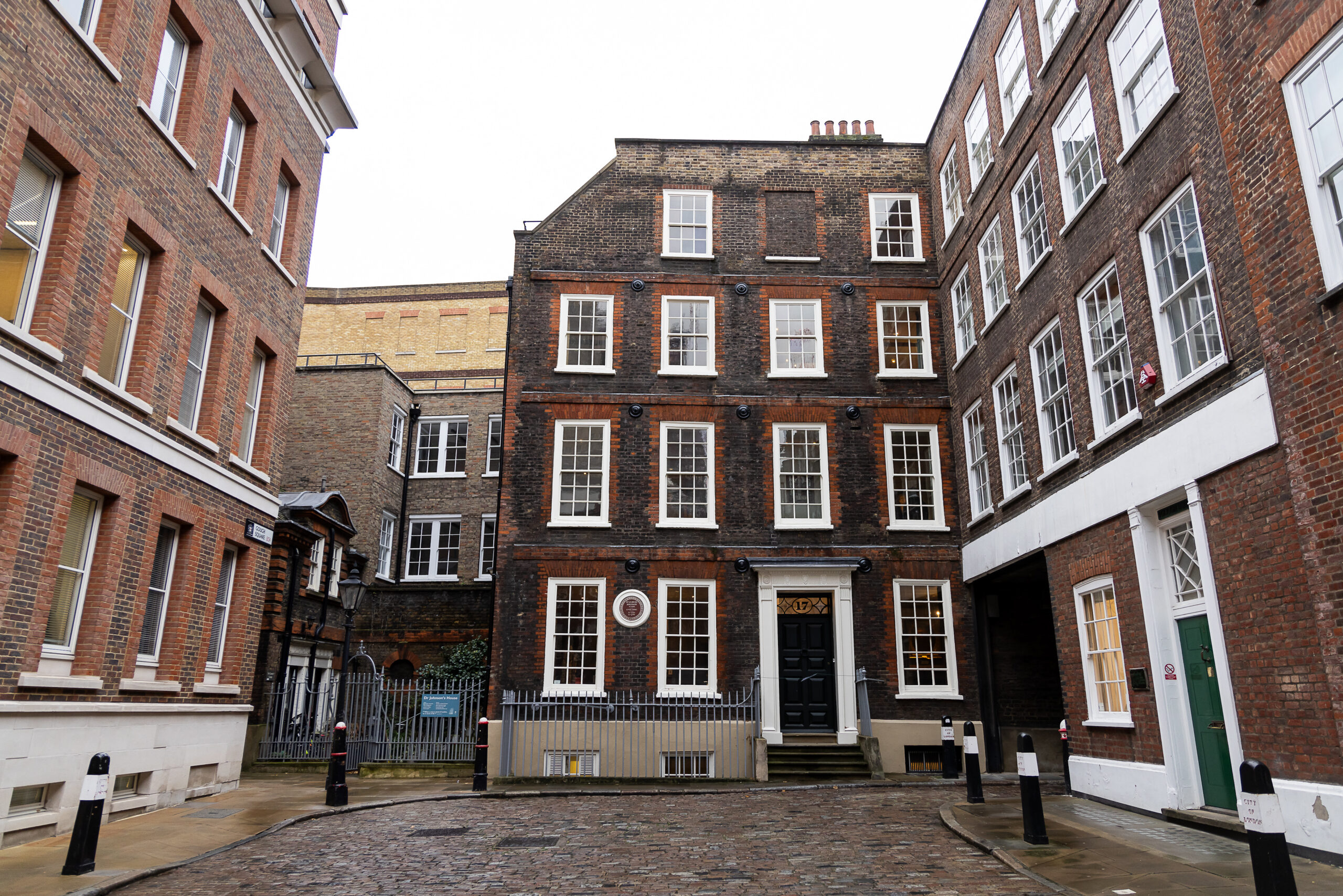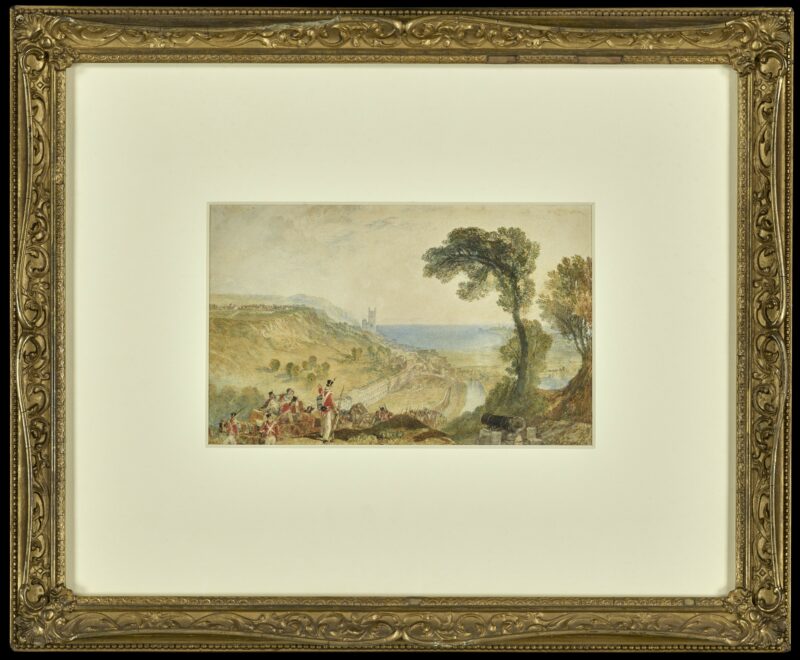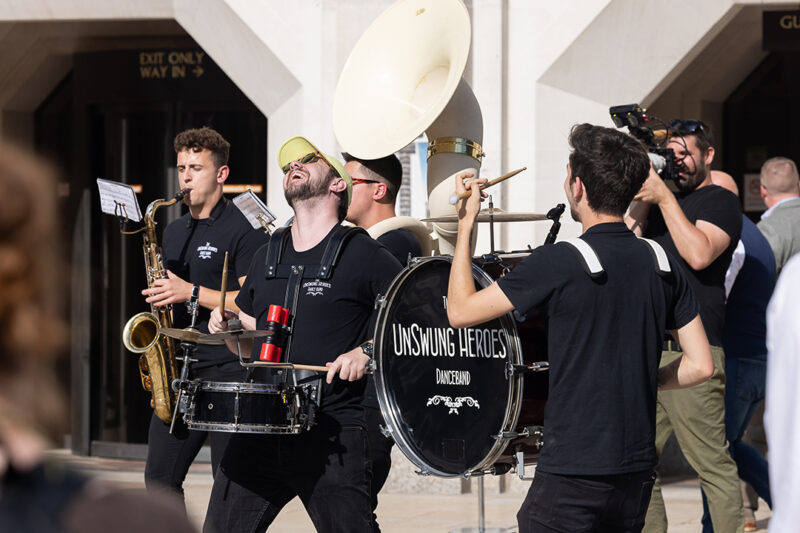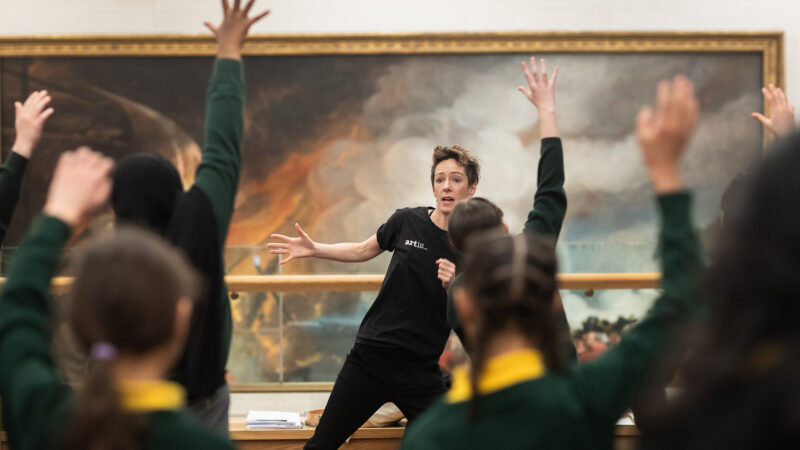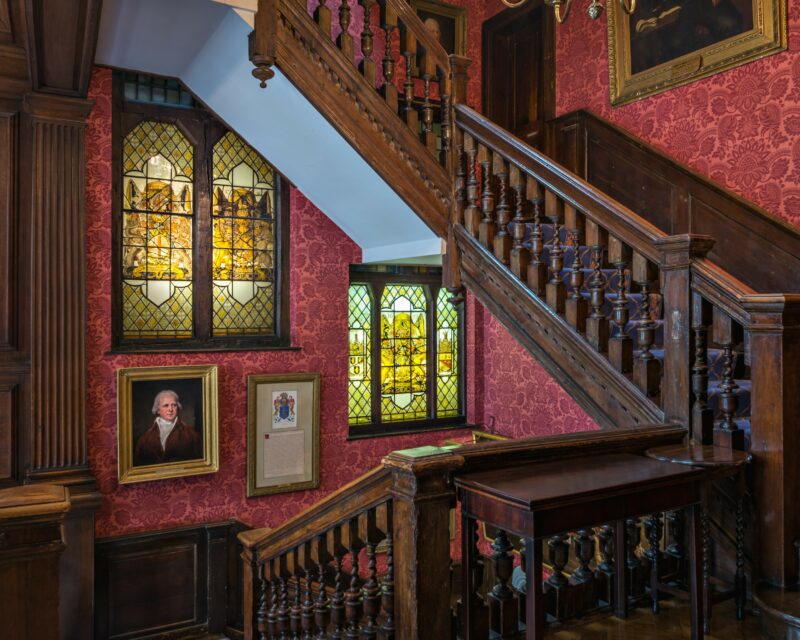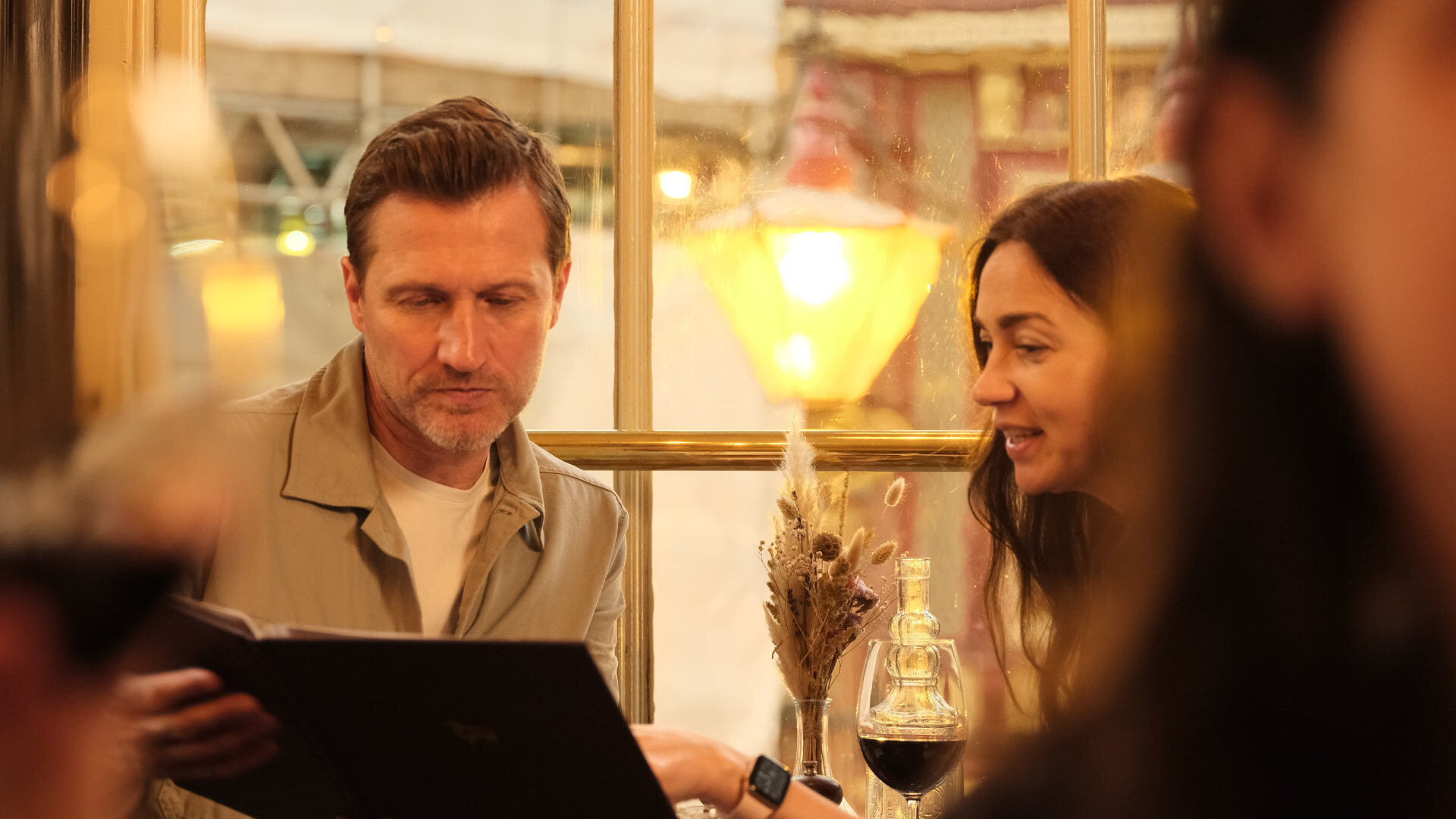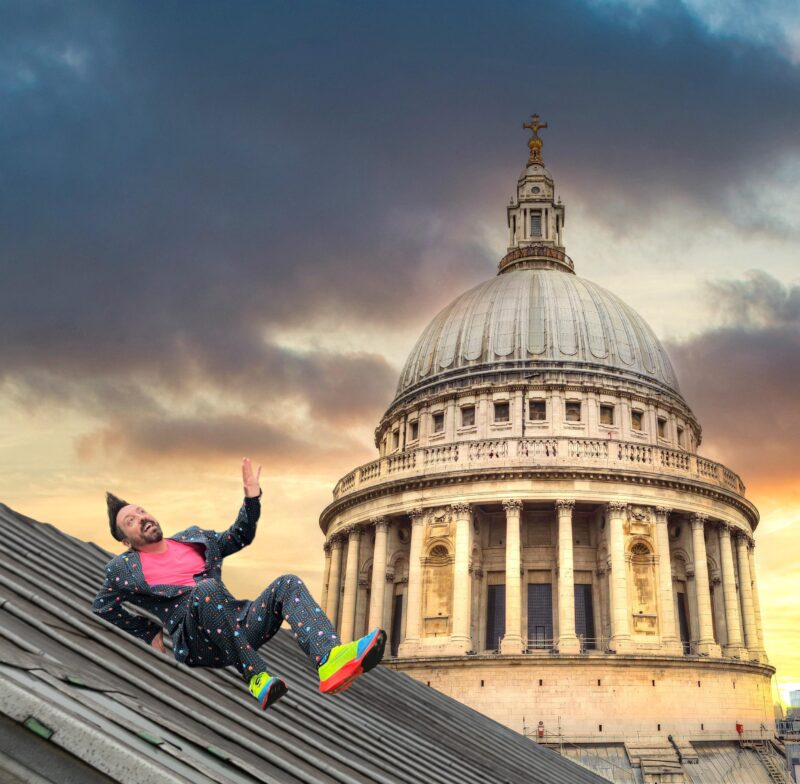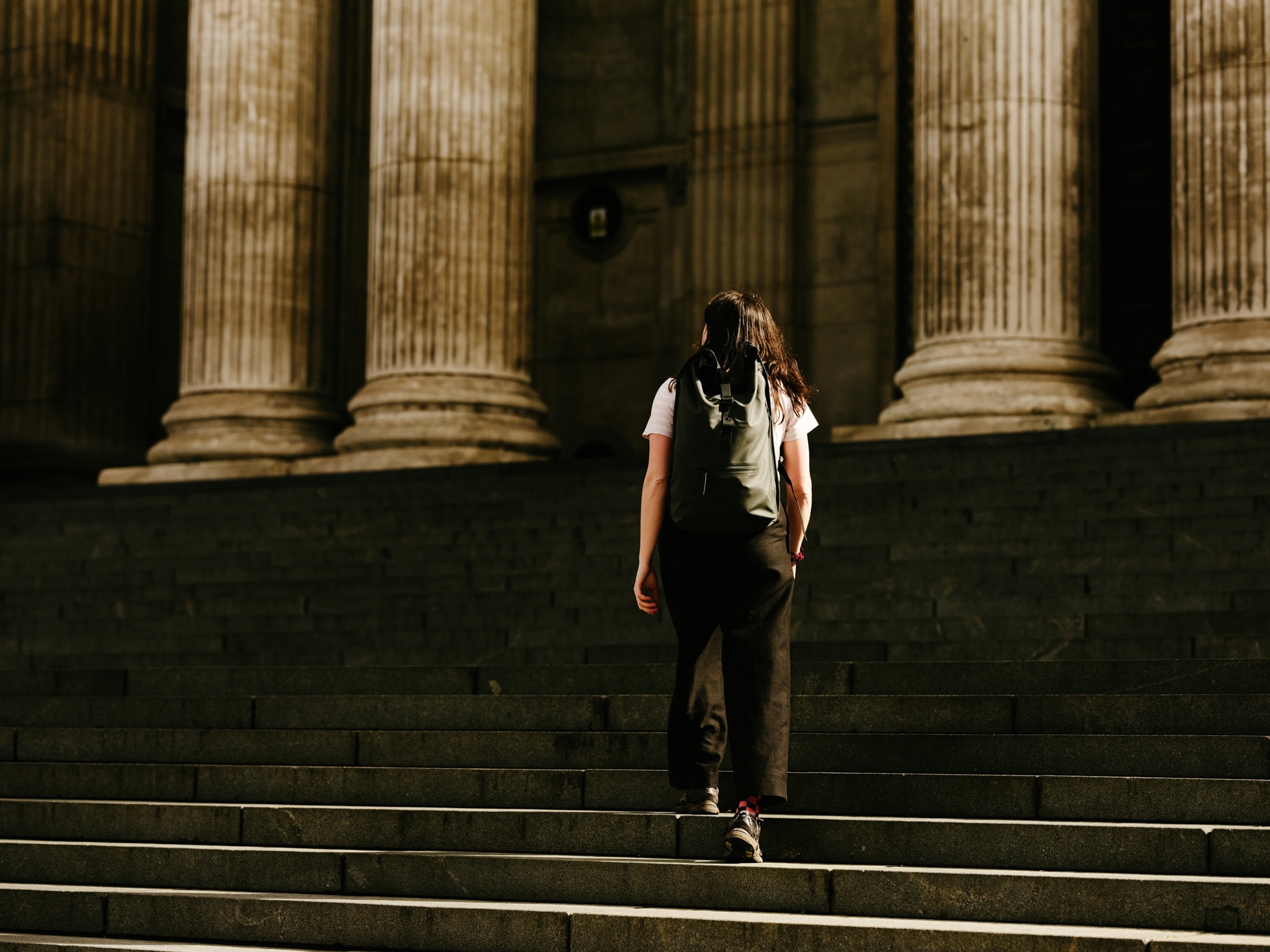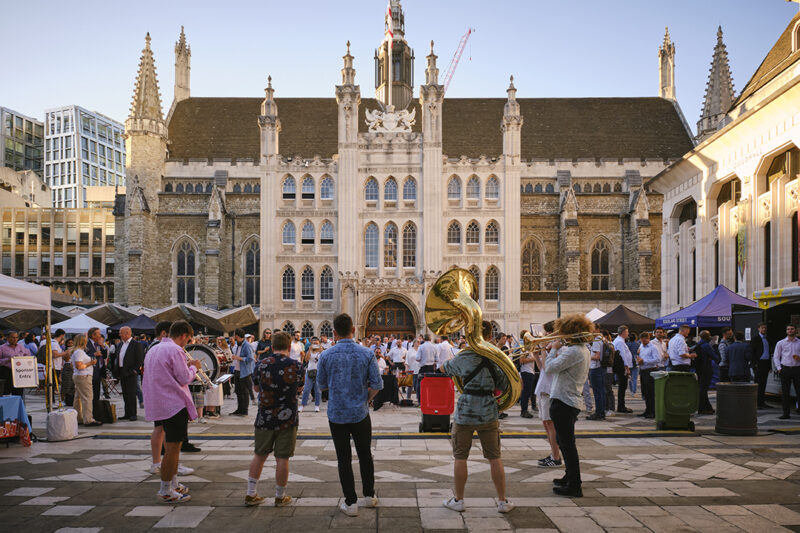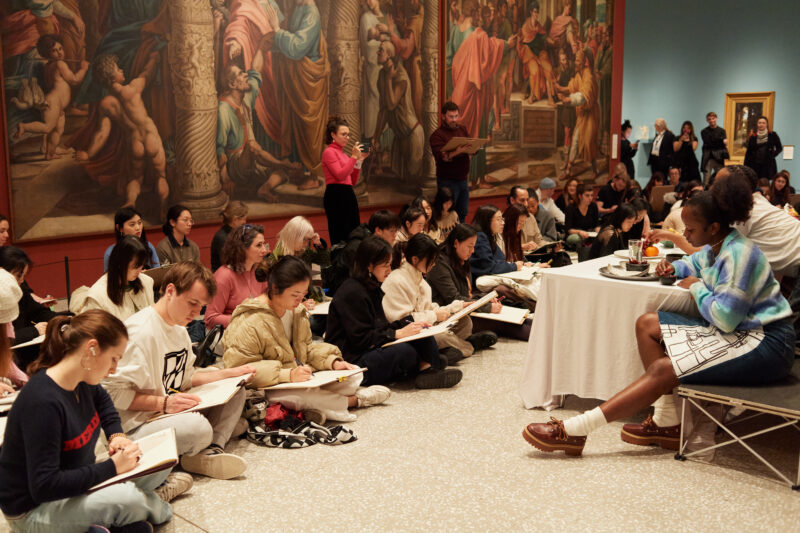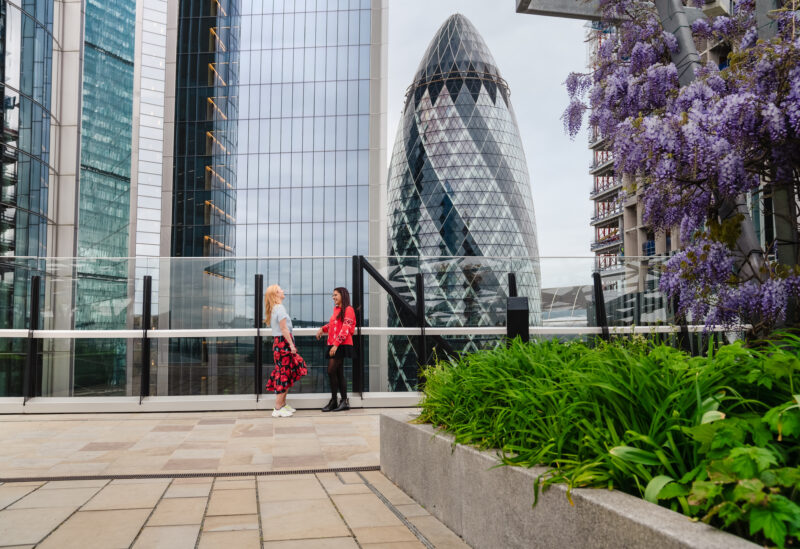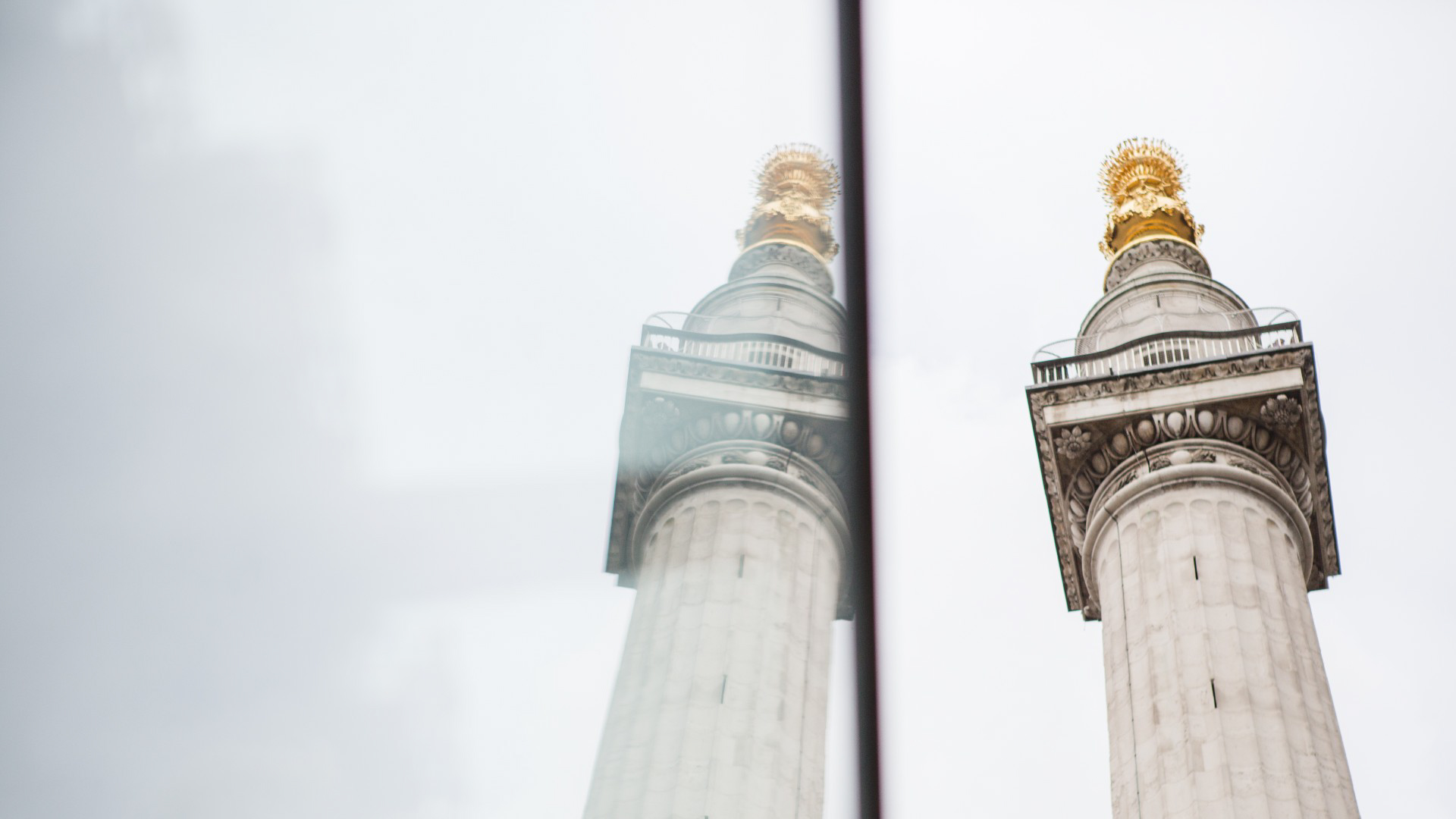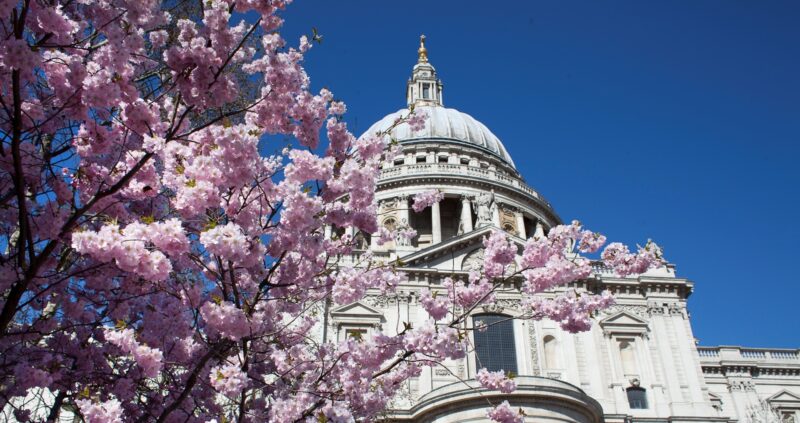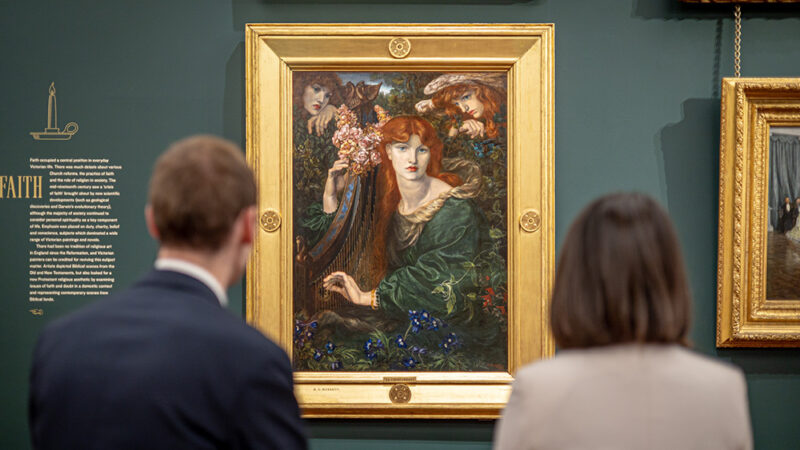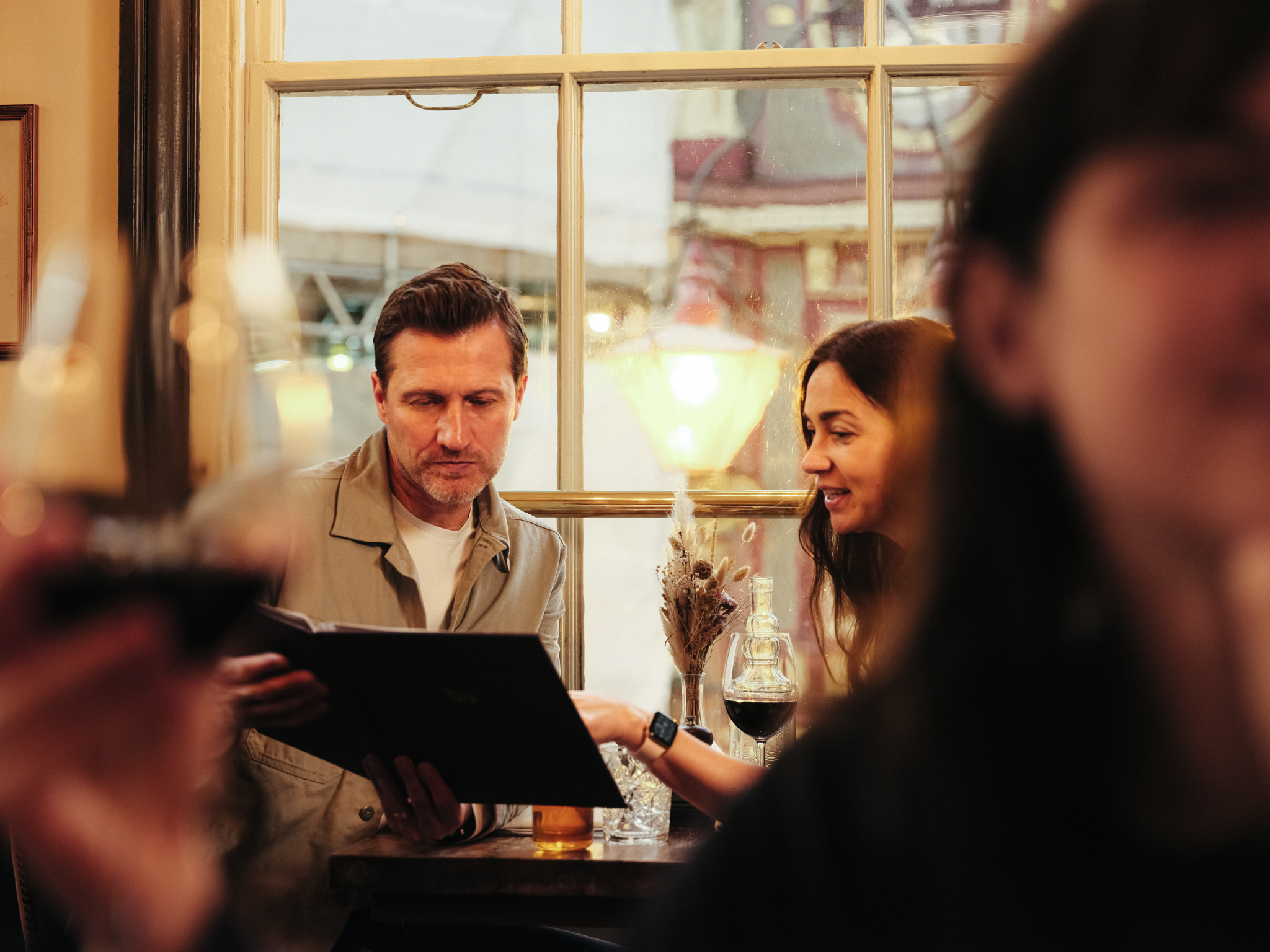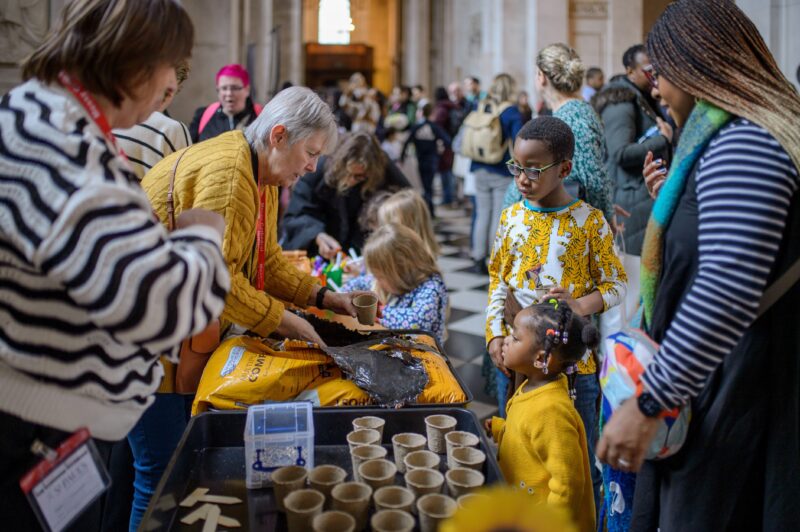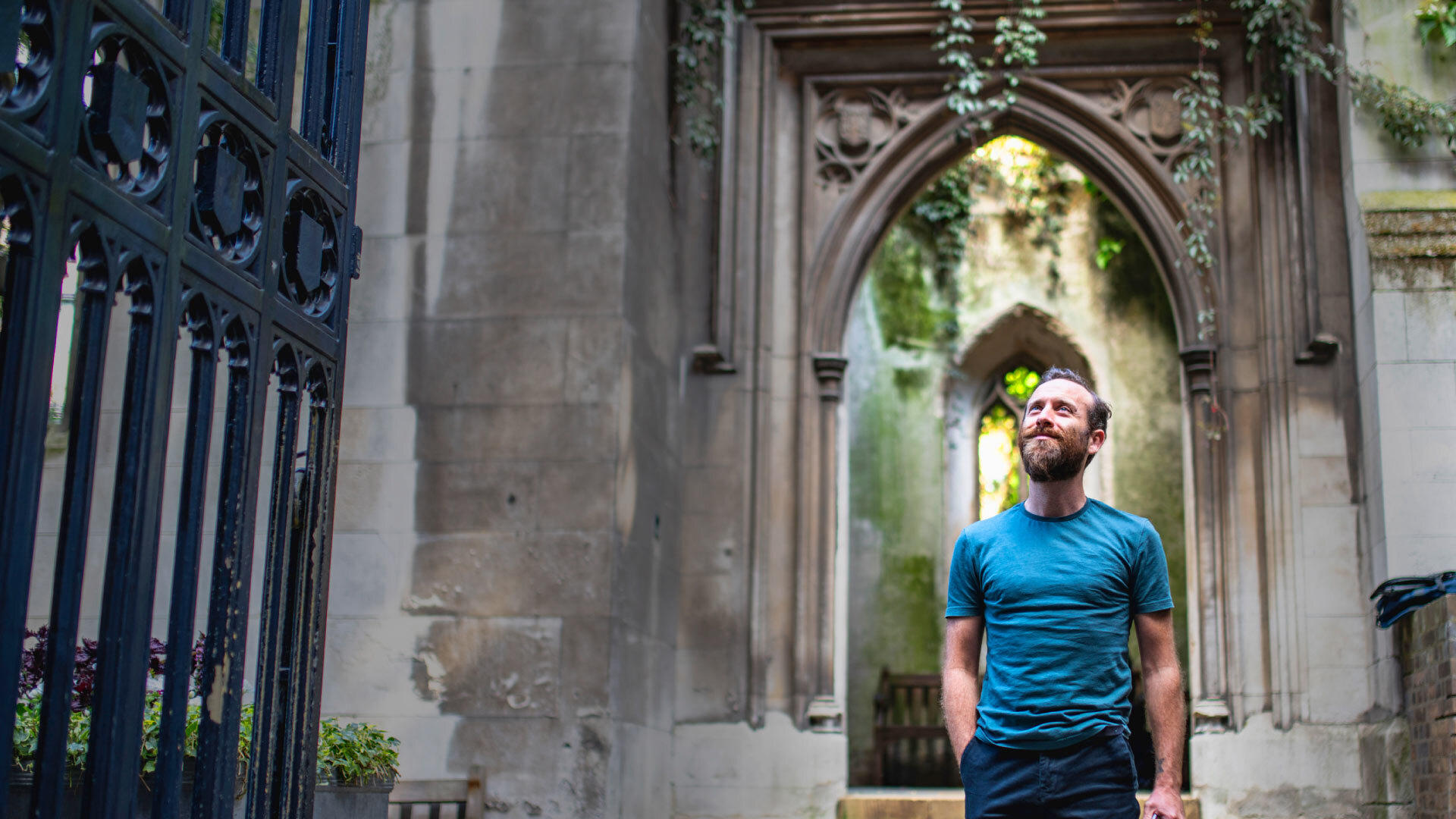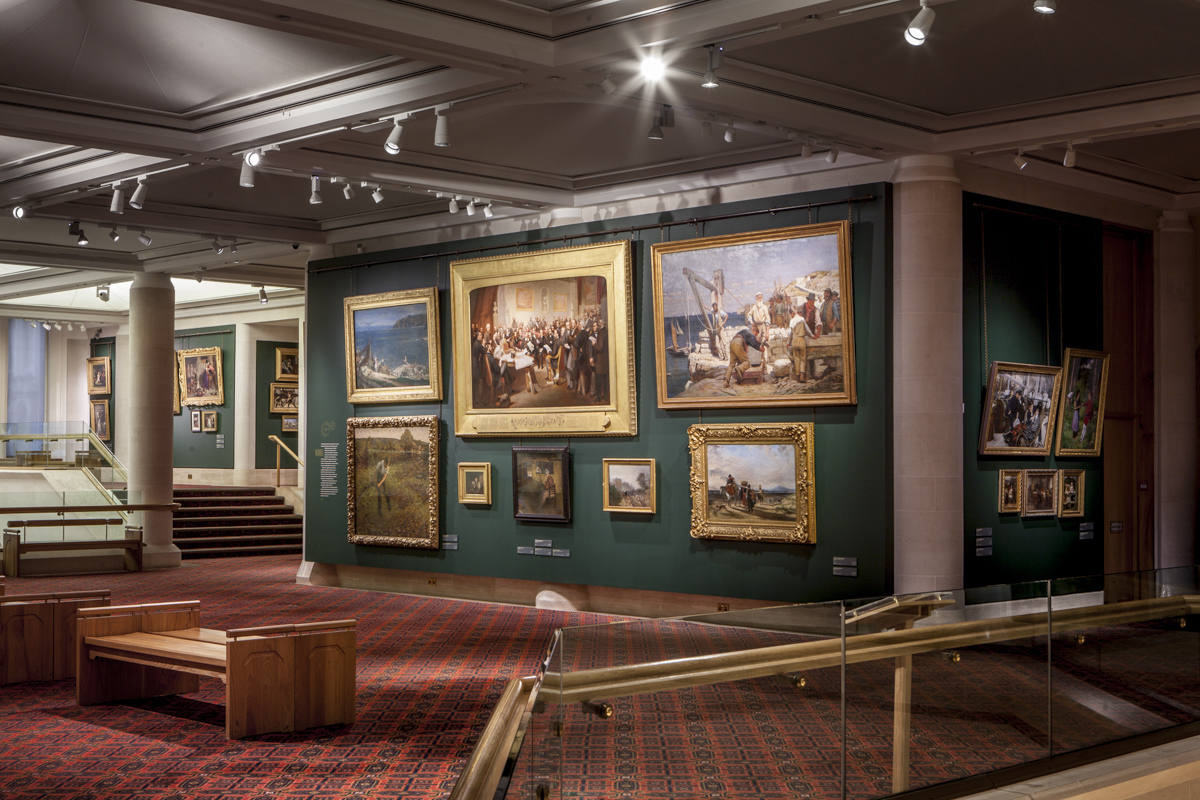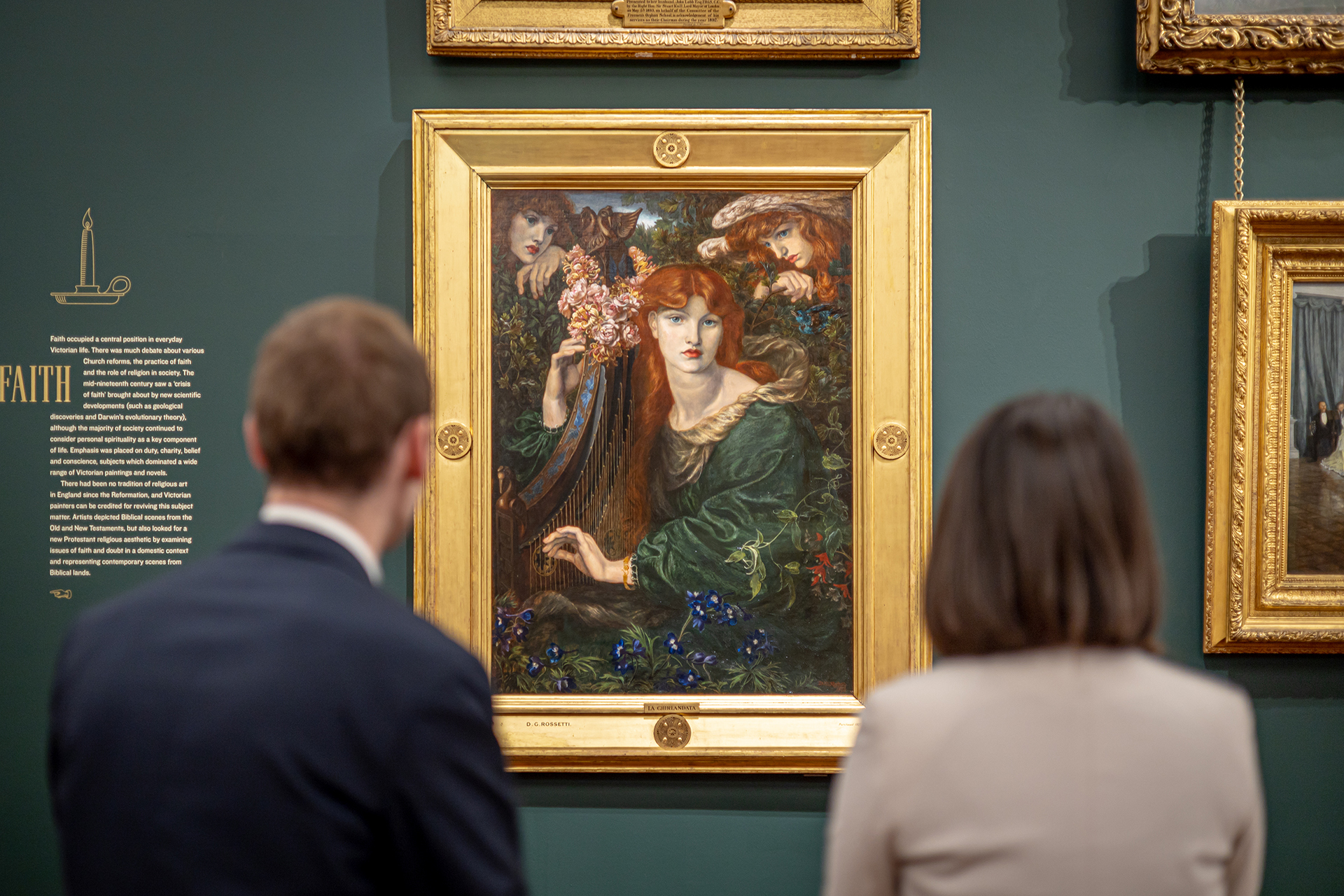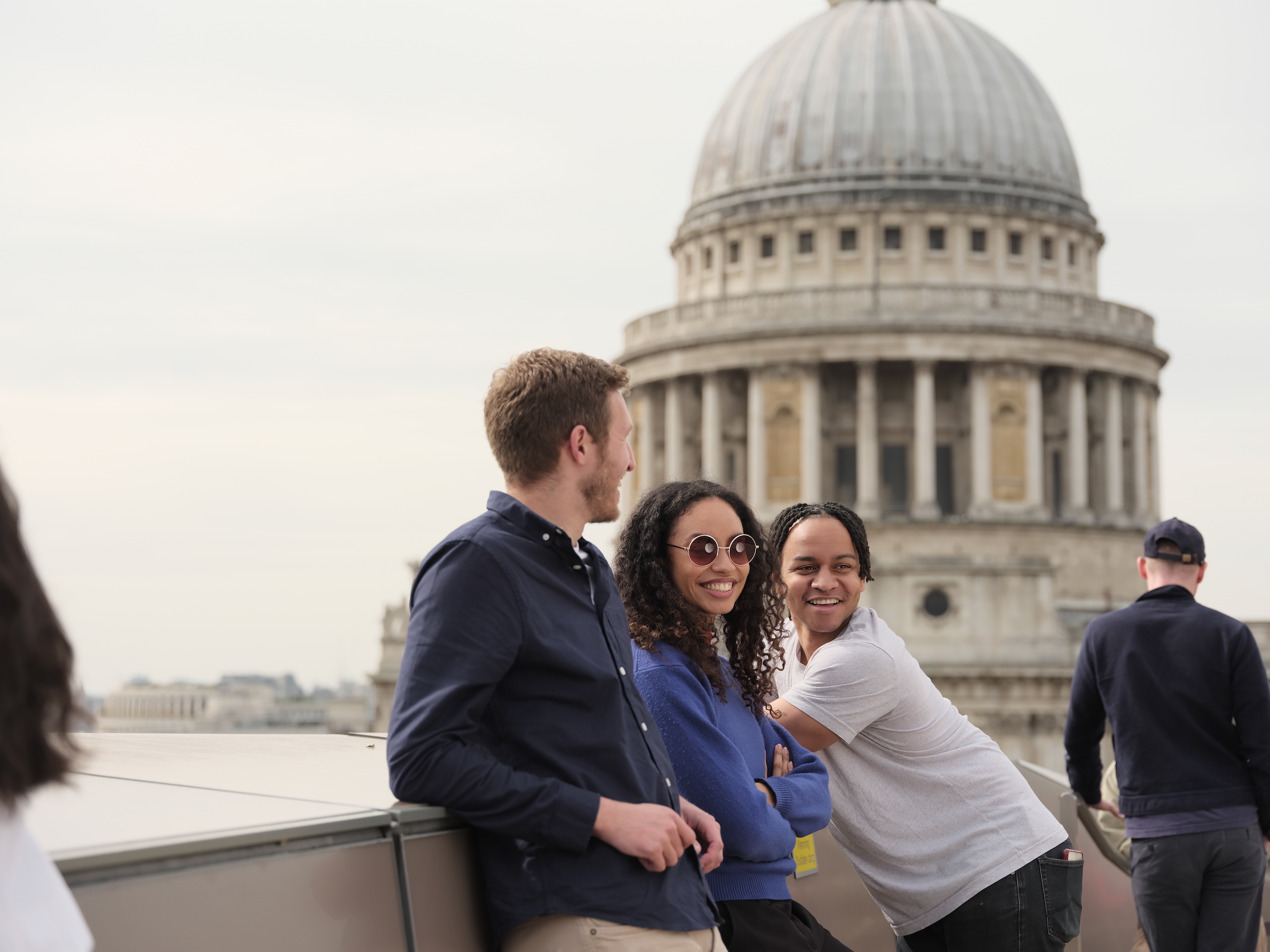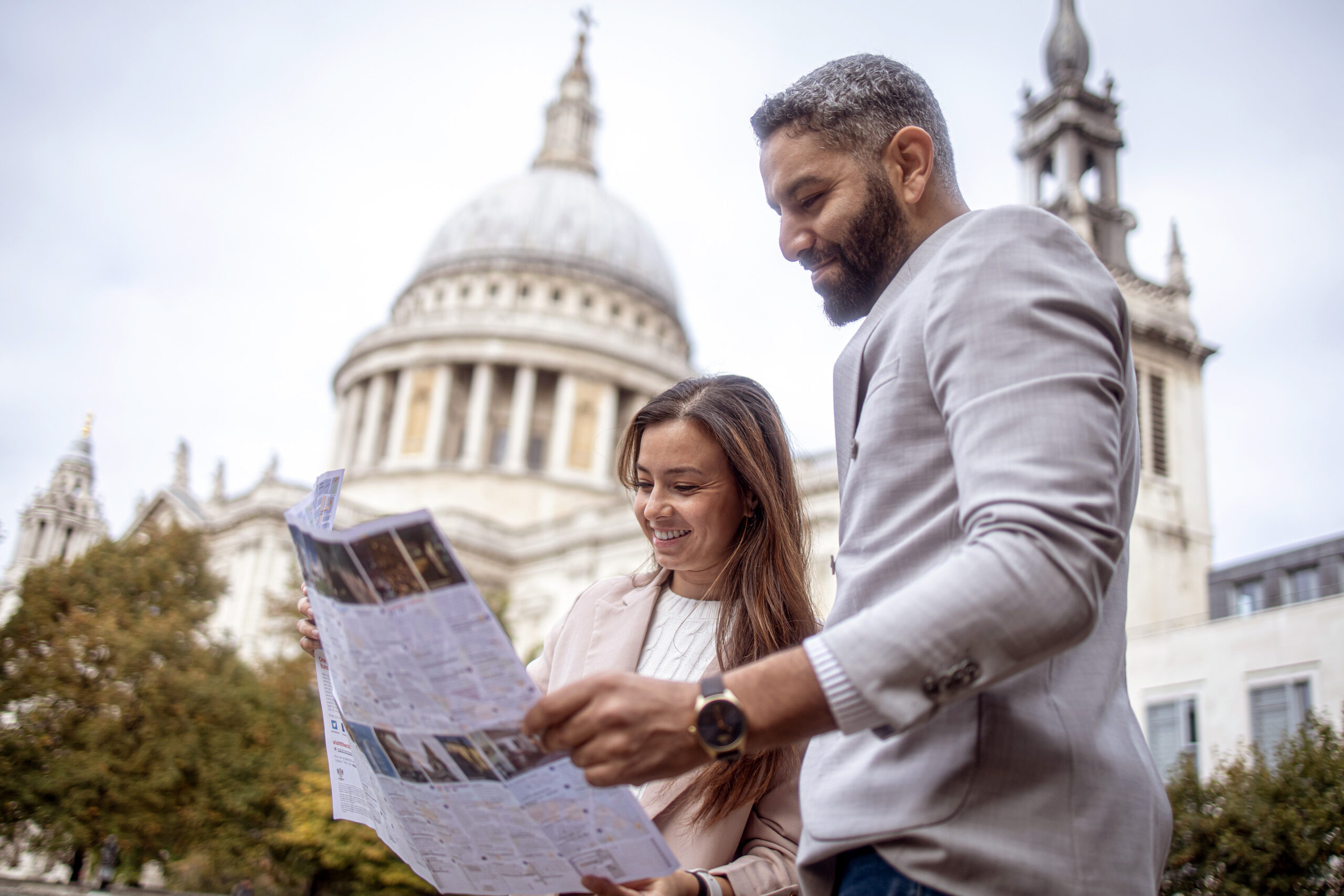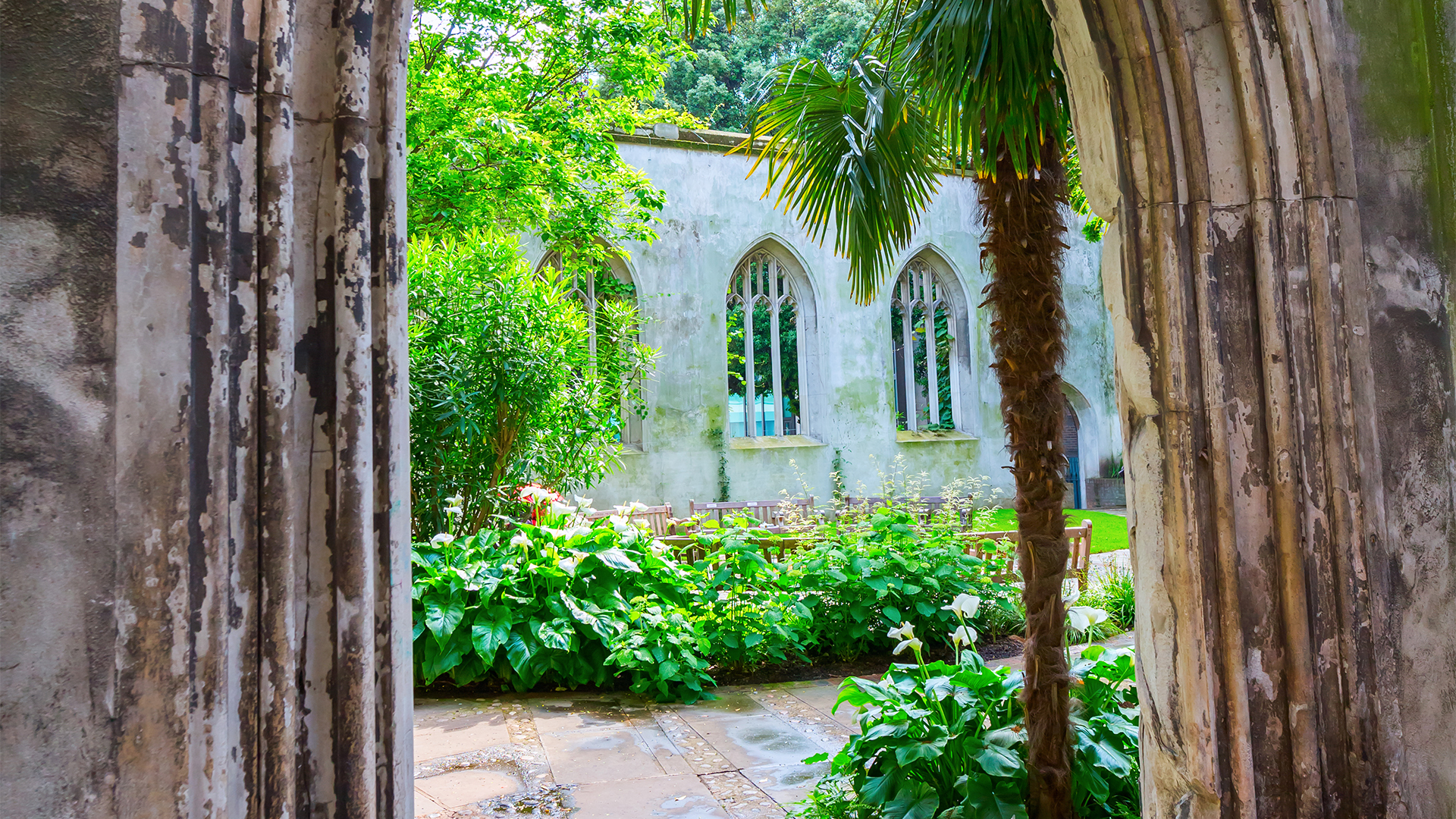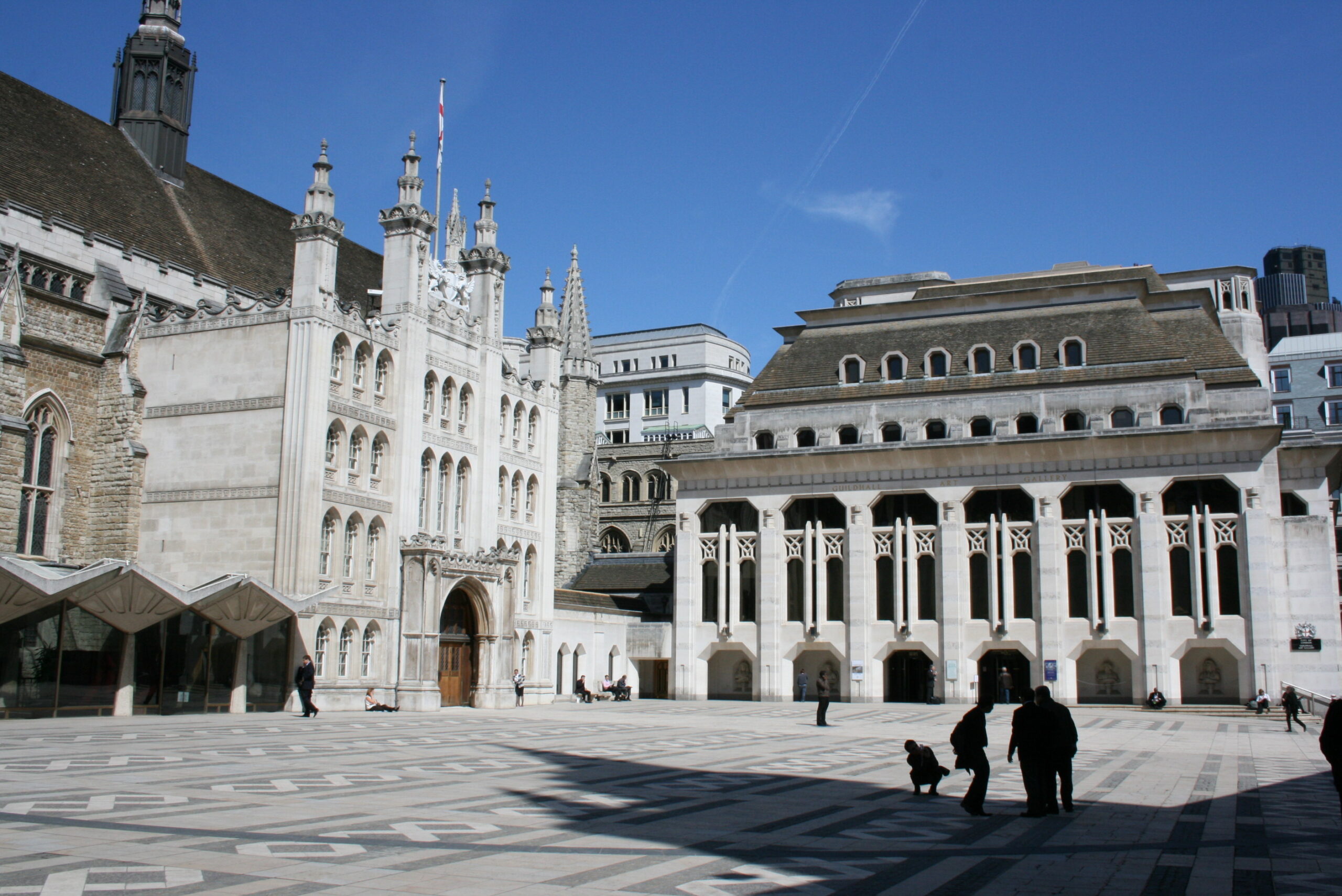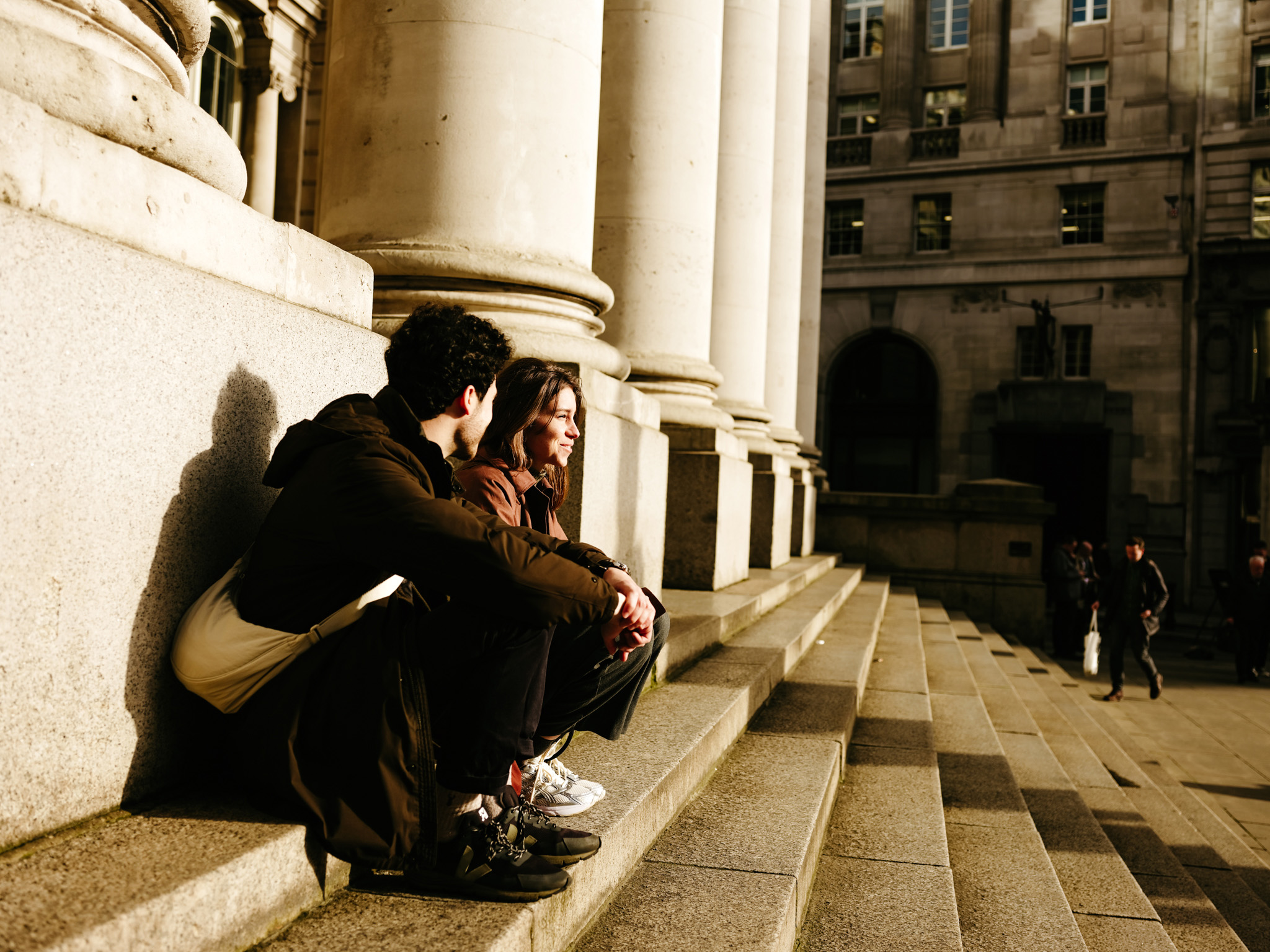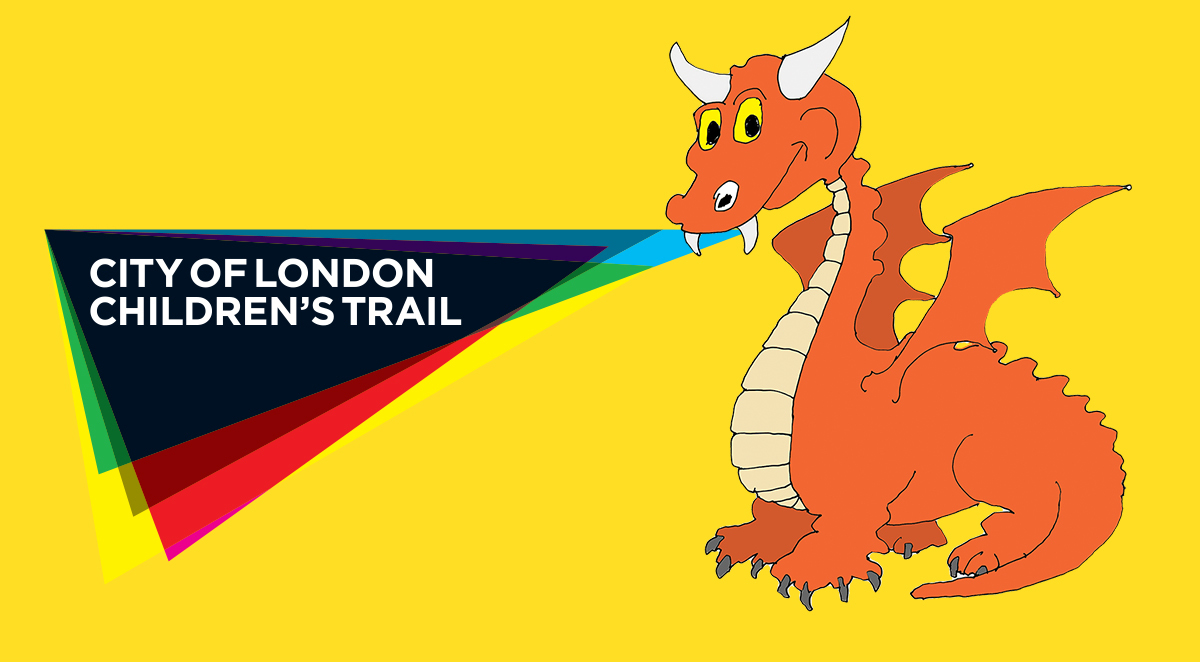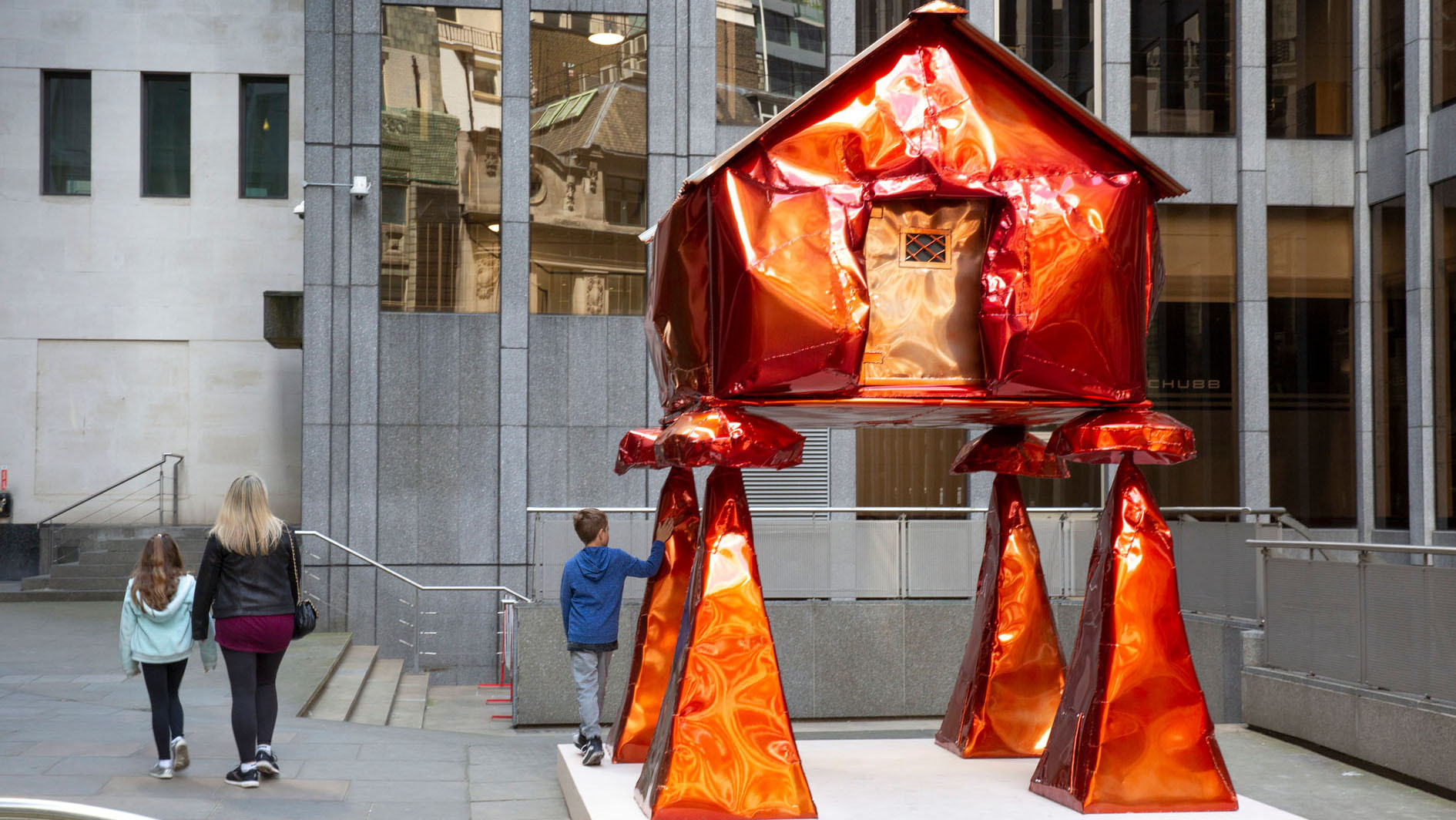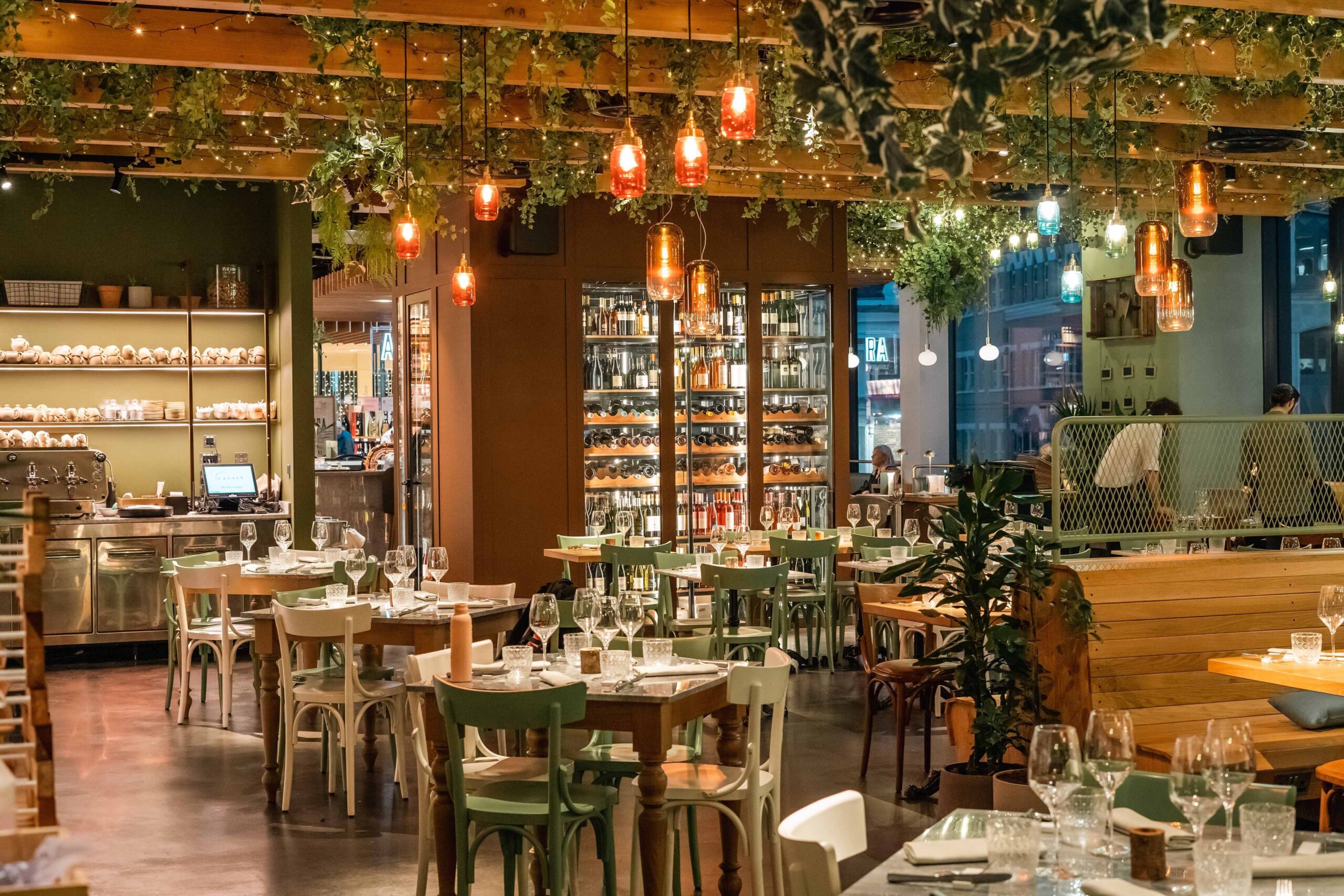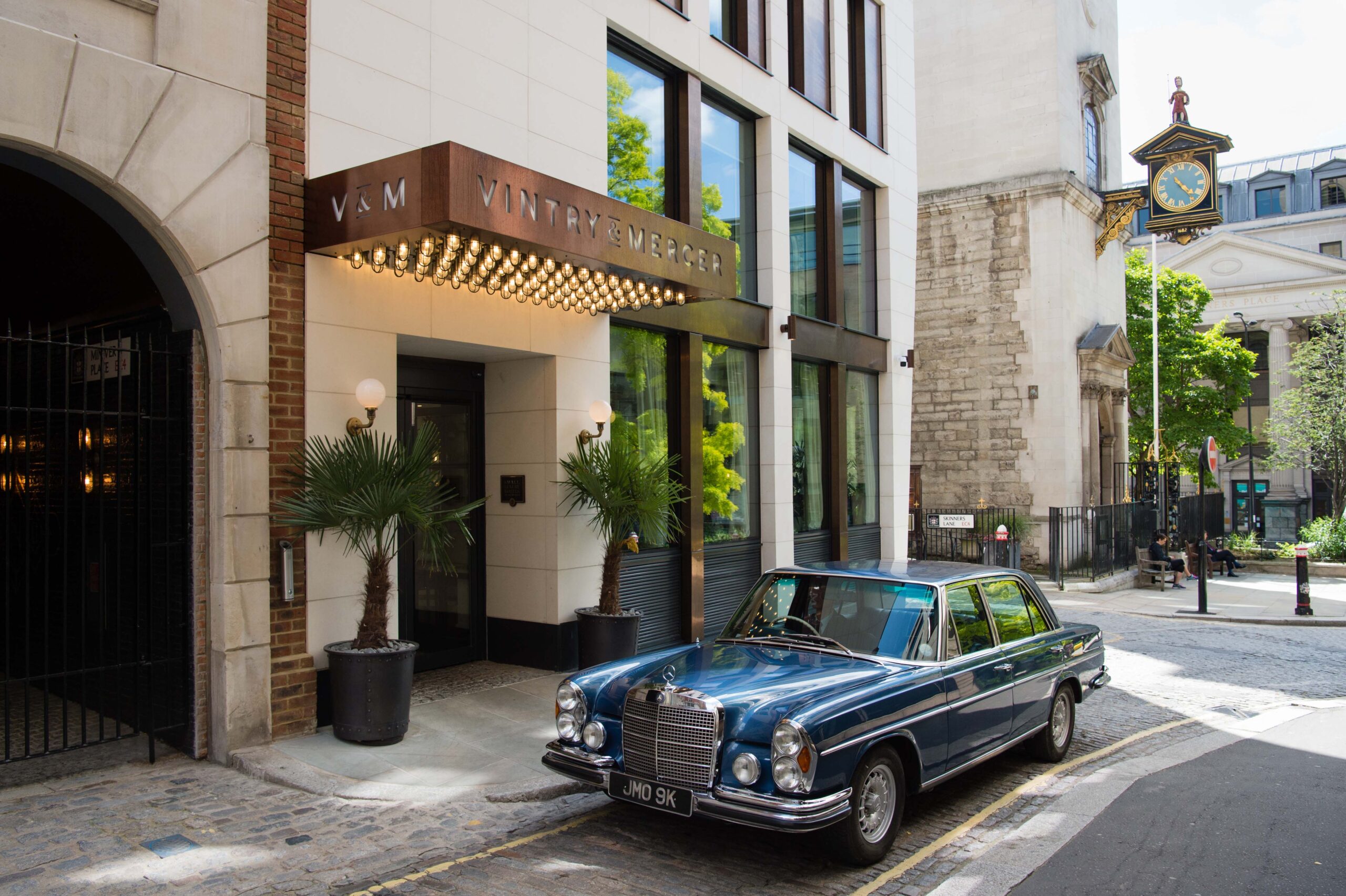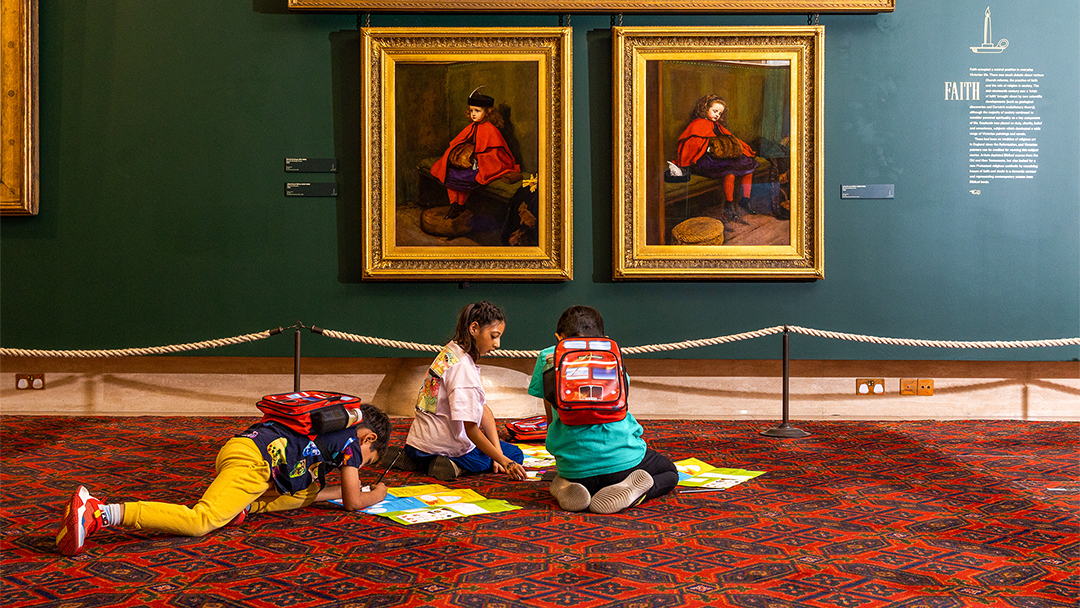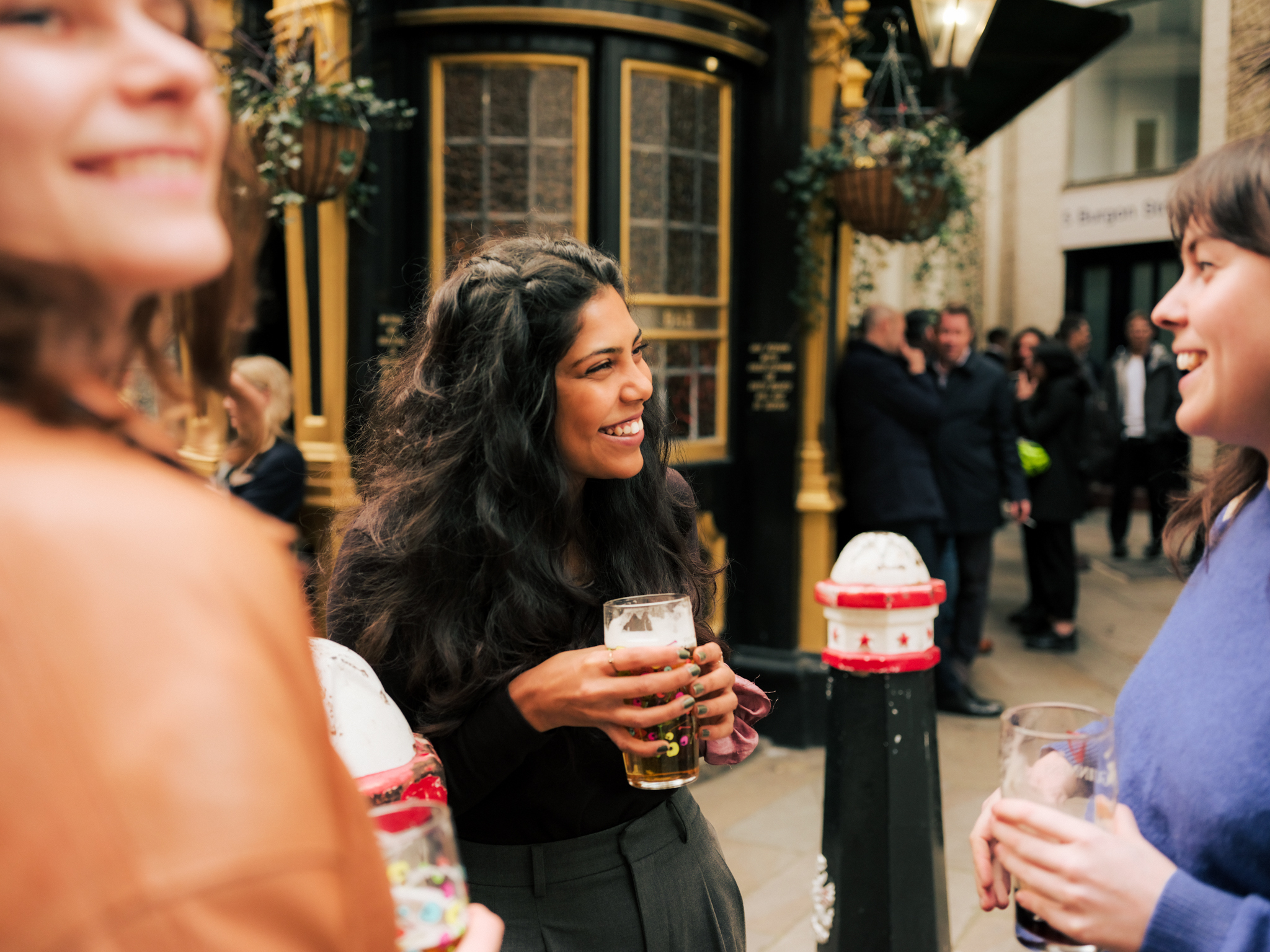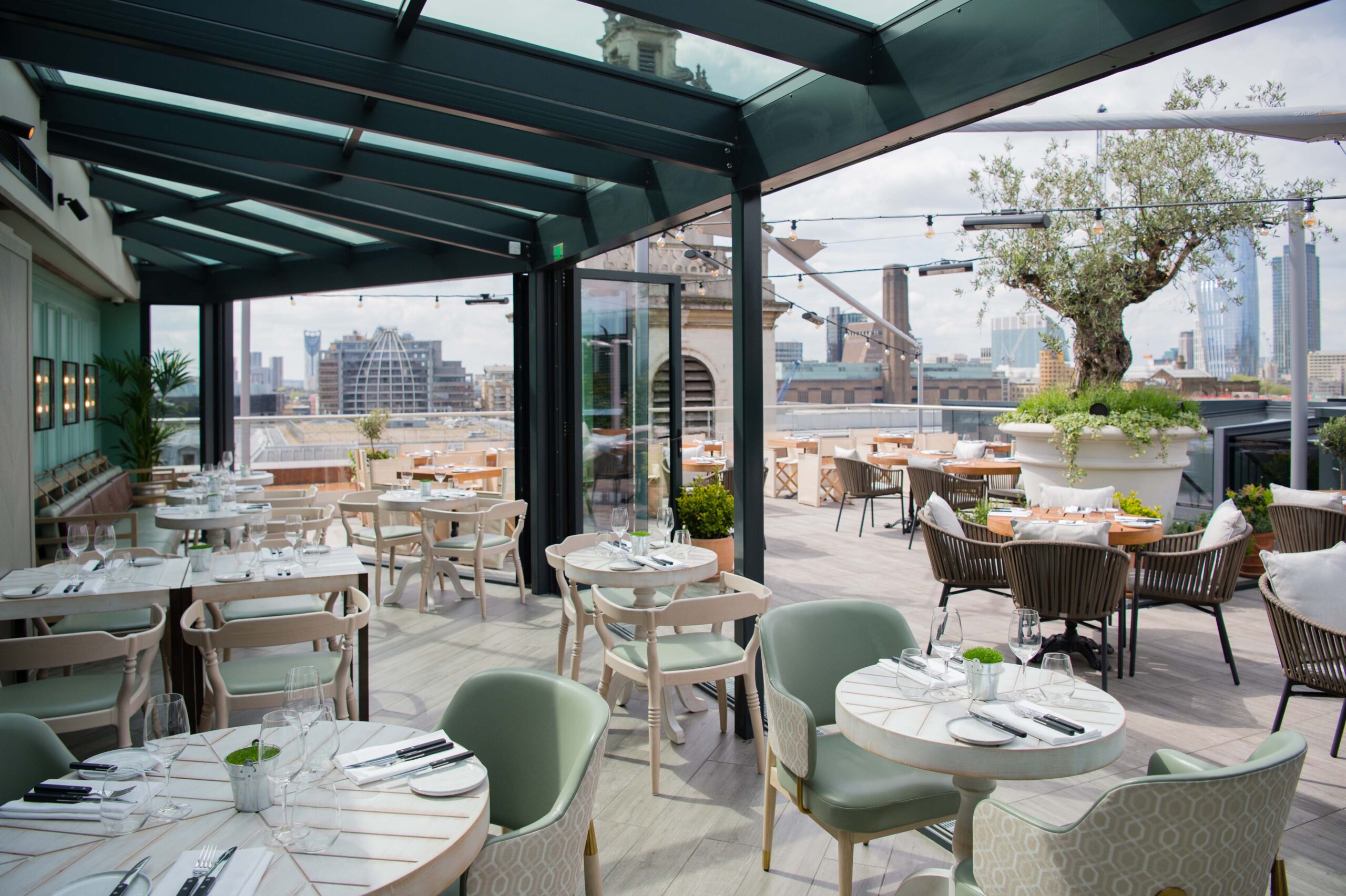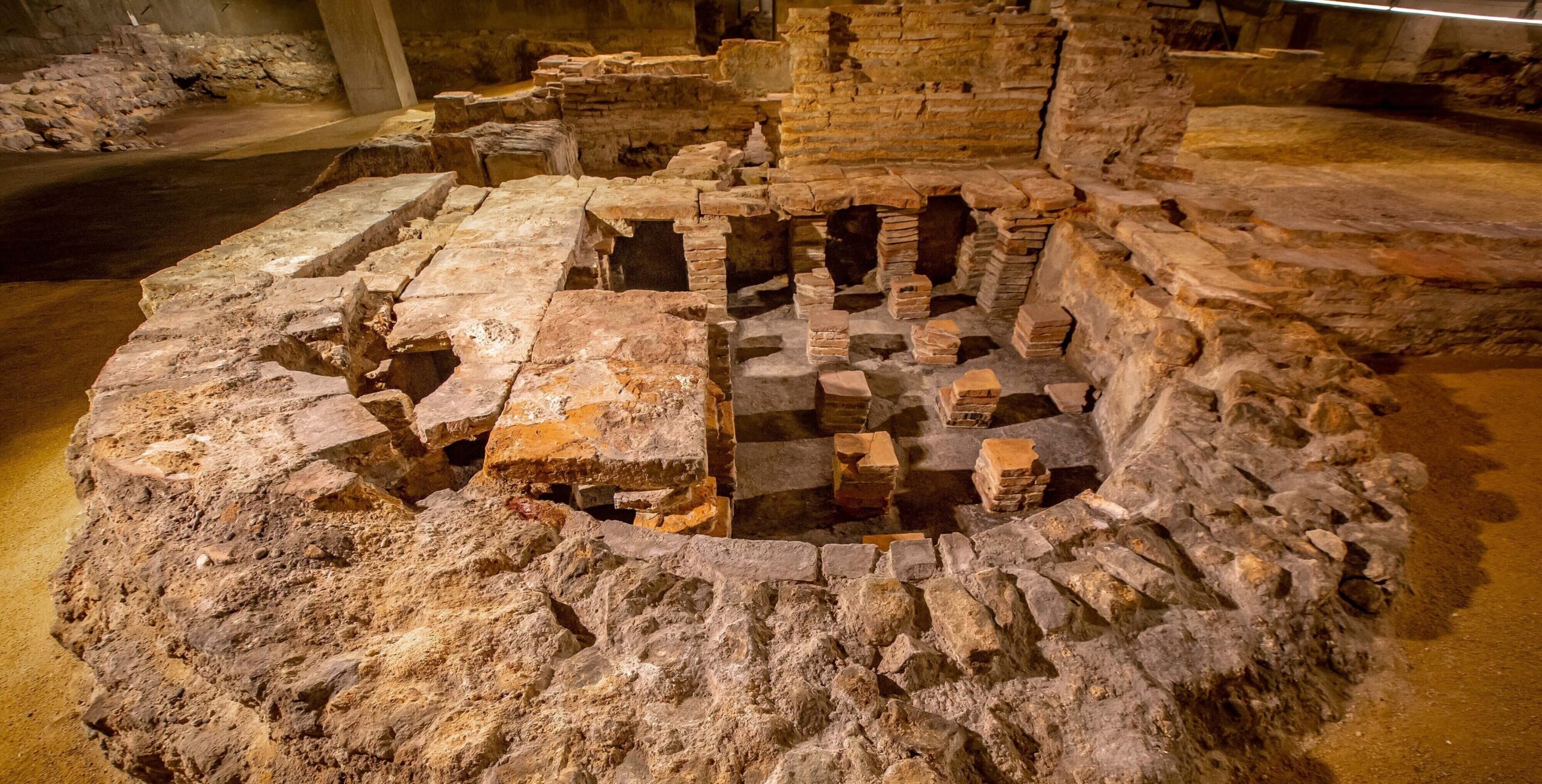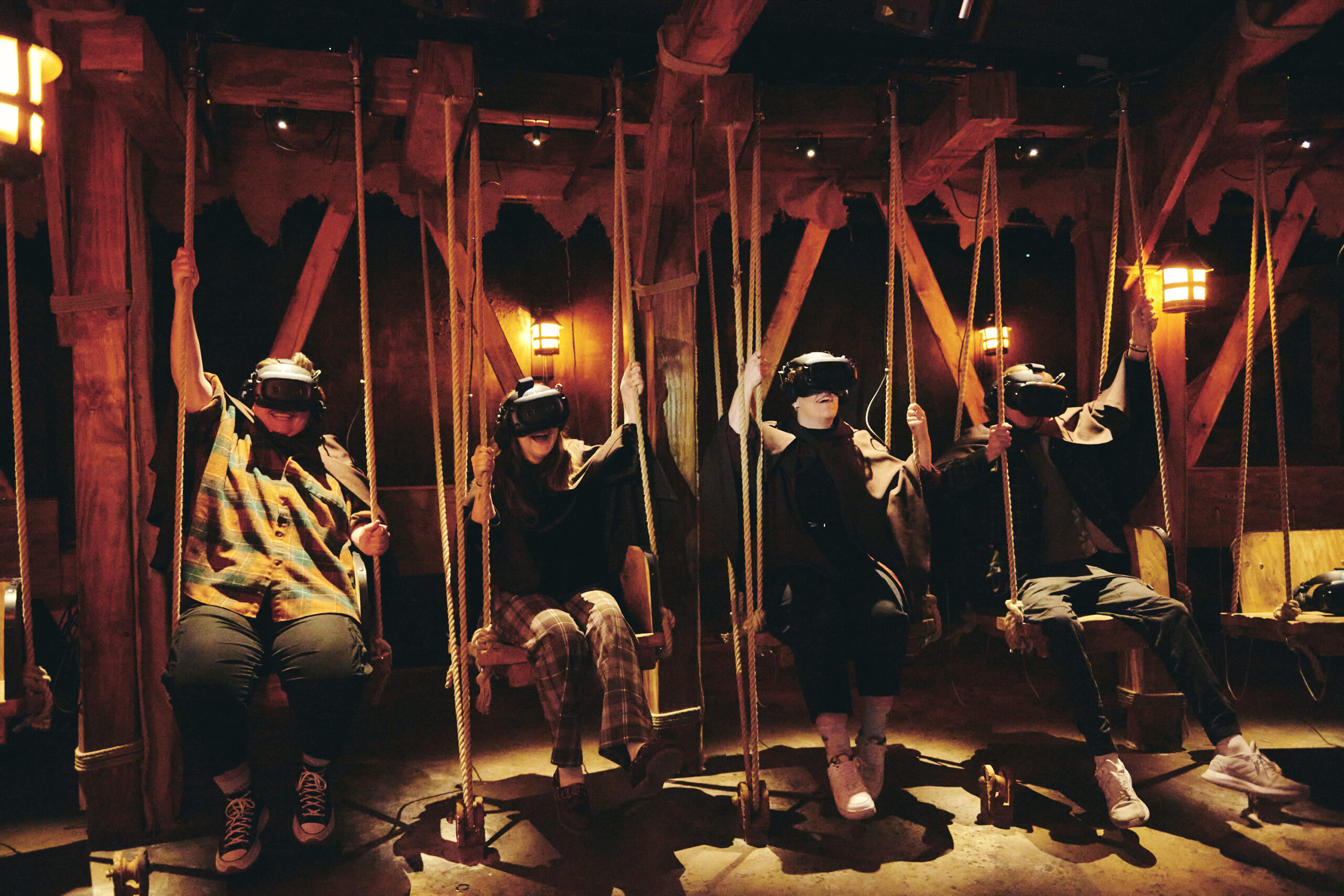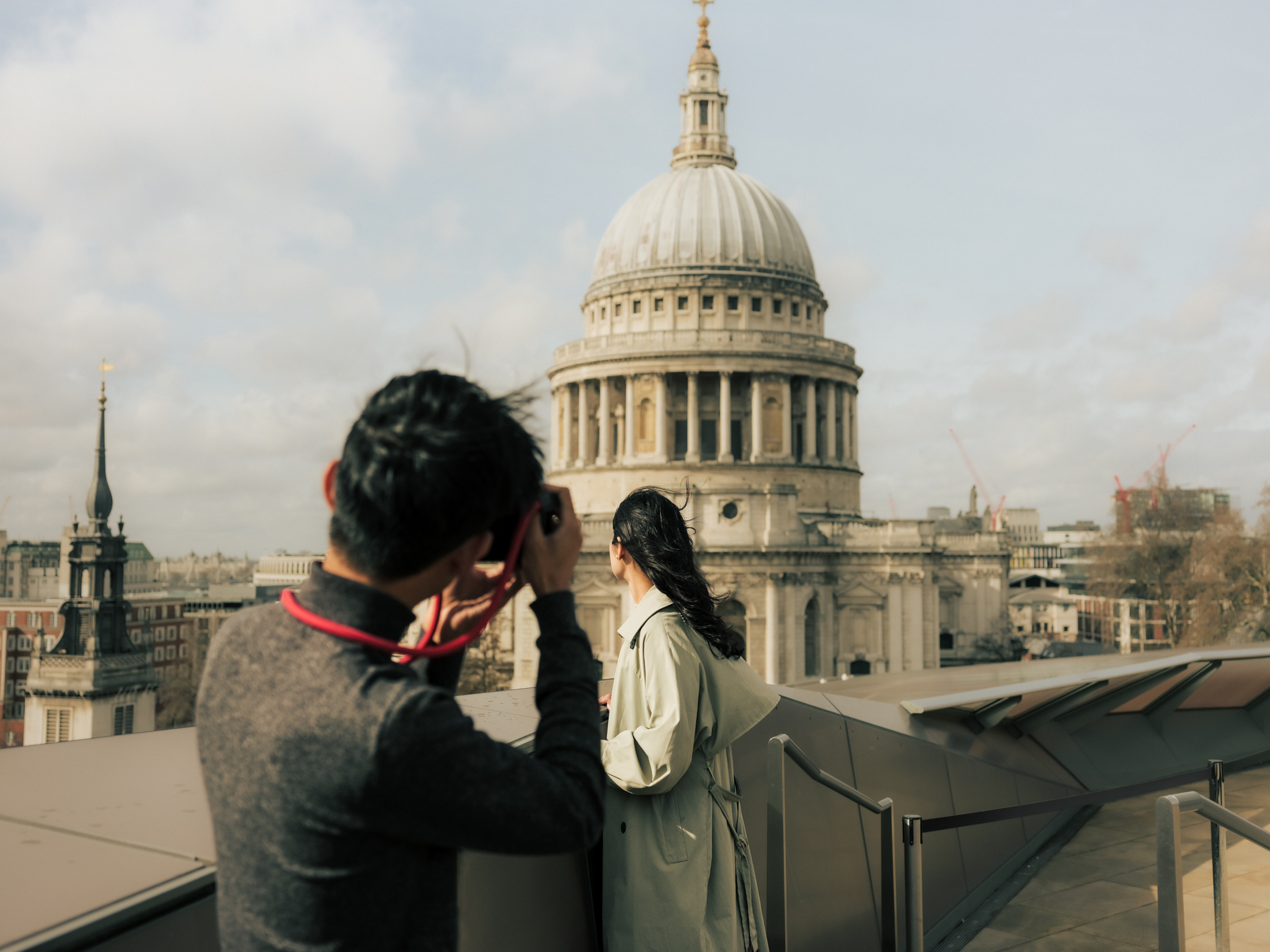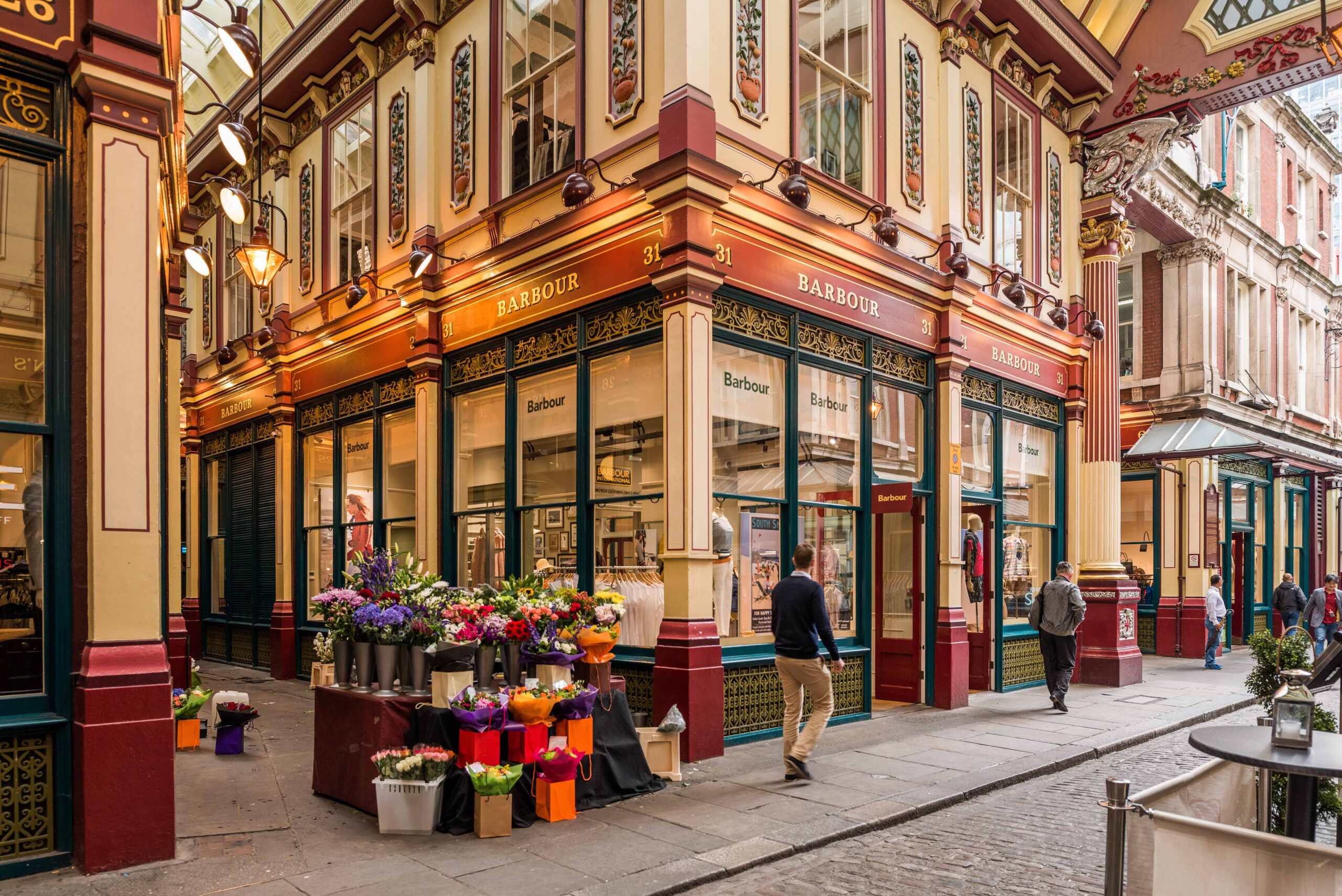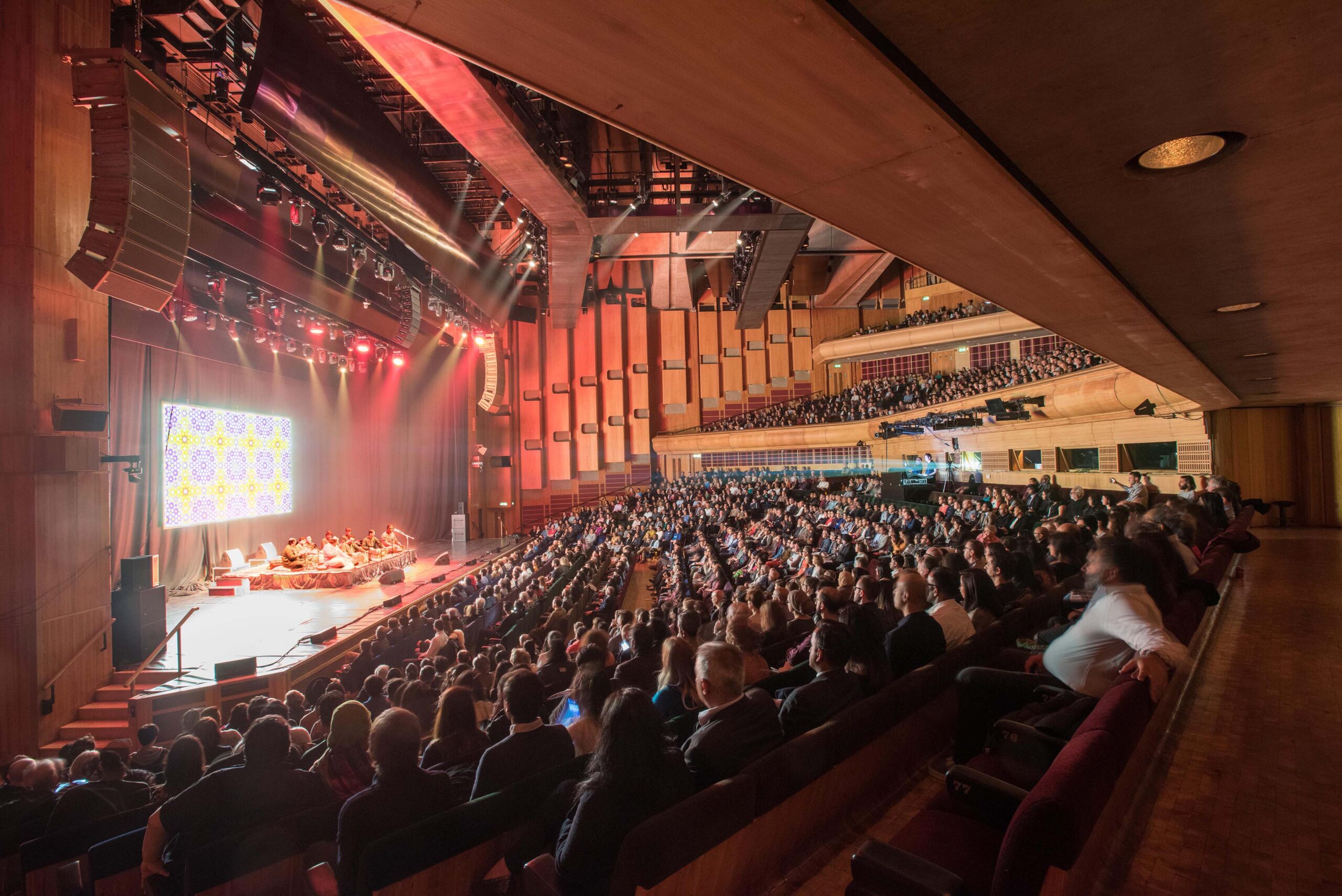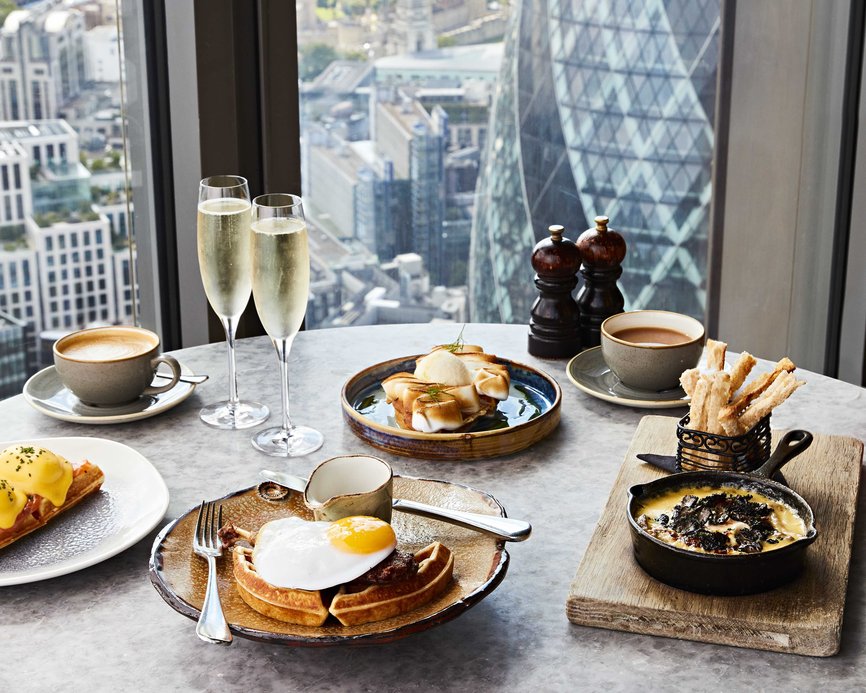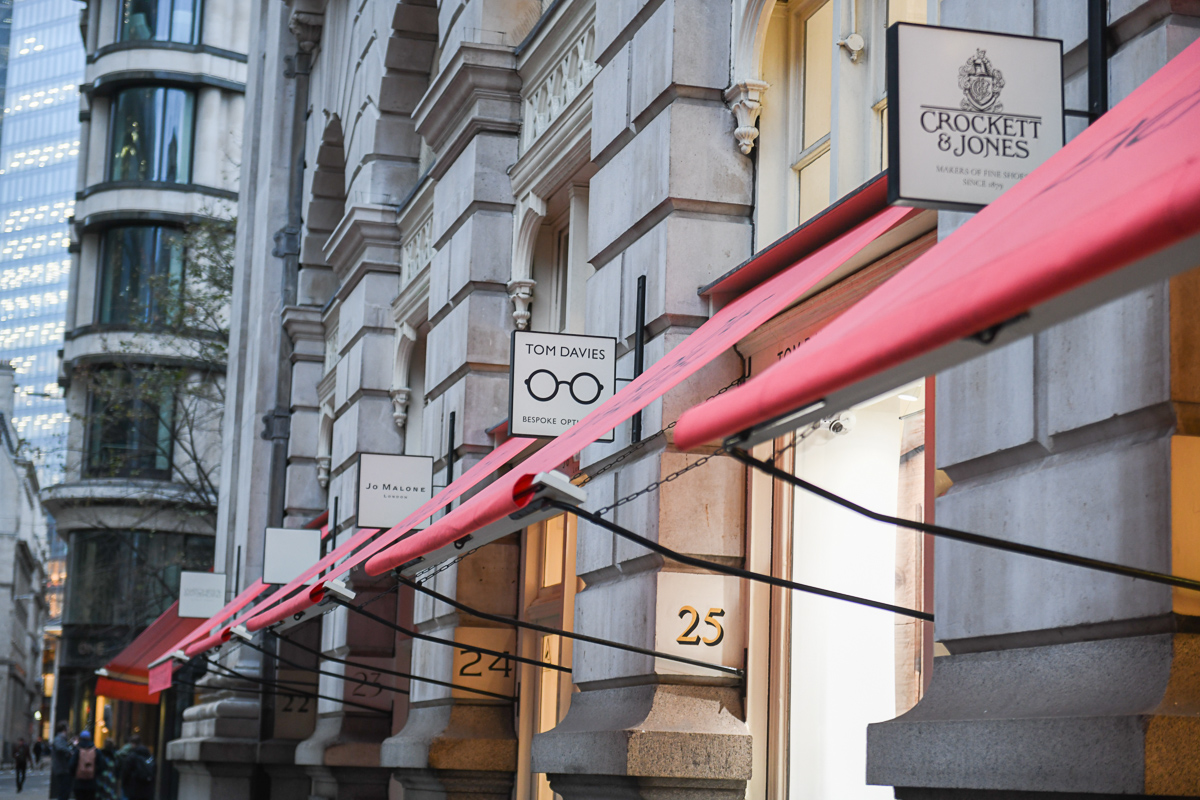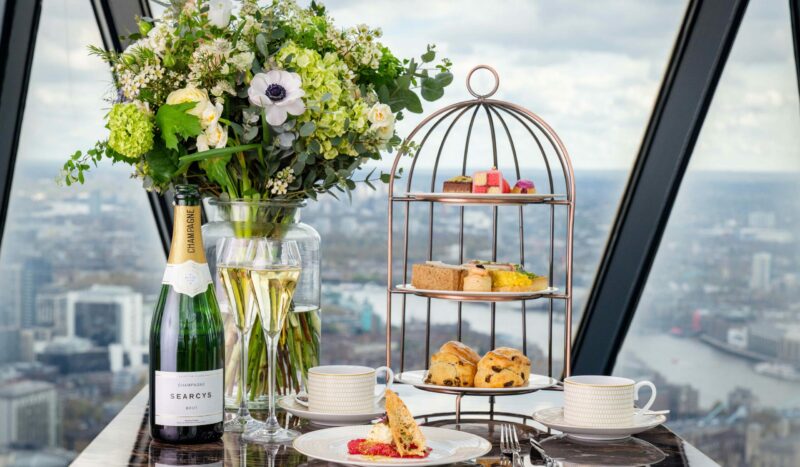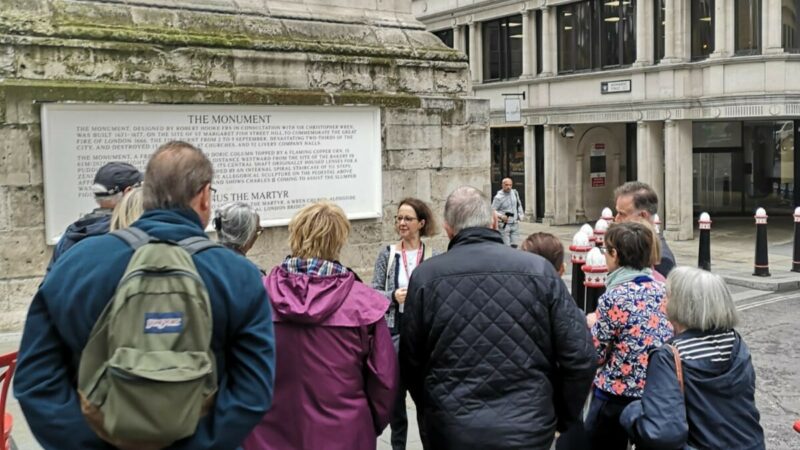
Follow a walking trail in the City of London that explores the rich literary connections from Dr Johnson's House along Fleet Street to St Paul's Cathedral.
Background
For hundreds of years Fleet Street has been associated with the written word, with many significant moments taking place in and around this area. From Wynkyn de Worde's printing press, to being the home of journalists more recently it has historically been a gathering spot and source of inspiration for many prominent literary figures.
In the 17th century, Literary salons and taverns on Fleet Street were vibrant centres where ideas were exchanged and masterpieces conceived and Fleet Street attracted literary figures like John Milton, John Dryden, and John Evelyn. Charles Dickens found inspiration for his novels in these very lanes and buildings. Many stories have been set in the area, famously including "Sweeney Todd: The Demon Barber of Fleet Street", a fictional character who first appeared as the villain of the penny dreadful serial The String of Pearls.
Note: From start to finish, this walking trail will take about 1 hour 30 minutes at an average walking pace. At the end of the walk we've suggested a few more places to visit if you're keen to continue literary sites, and also suggestions for refreshments.
Where to start
Start at the eastern end of Fleet Street at Ludgate Circus where there are plenty of options for a coffee or snack before you start the walk.
Directions: Head west along Fleet Street, staying on the north side of the road until you reach Shoe Lane.
1. The Daily Express and Daily Telegraph buildings
By the 18th century, Fleet Street had become a bustling centre for newspaper publishing, with 23 newspapers and a circulation of 16 million copies by 1801.
When you are walking along Fleet Street keep an eye out for the old Daily Express and Daily Telegraph buildings. These two stunning buildings are masterpieces of art deco architecture, and were the home of these two national newspapers, reflecting Fleet Street’s role as the epicentre of the newspaper industry. Immediately to the east of Shoe Lane is The Daily Express Building, an art deco gem, which housed the newspaper until the early 1990s. A little further to the west you'll see the colourful clock of The Daily Telegraph Building. Erected between 1927 and 1928, this building features a combination of art deco and neoclassical details, including a stone relief sculpture of two messengers by Alfred Oakley.
Depending on when you visit, these buildings may still be covered in construction hoardings - but eventually there will be a magnificent view of these stunning buildings.
You will also see a series of pavement plaques that commemorate the numerous newspapers that once thrived on Fleet Street between 1700 and 2000, marking its historical importance in the journalism industry.
Directions to Stop 2: Continue west along Fleet Street, and look out for The Cheshire Cheese pub, and Wine Office Court Alley on the right hand side. Before you turn, look down to see one of the pavement plaques.
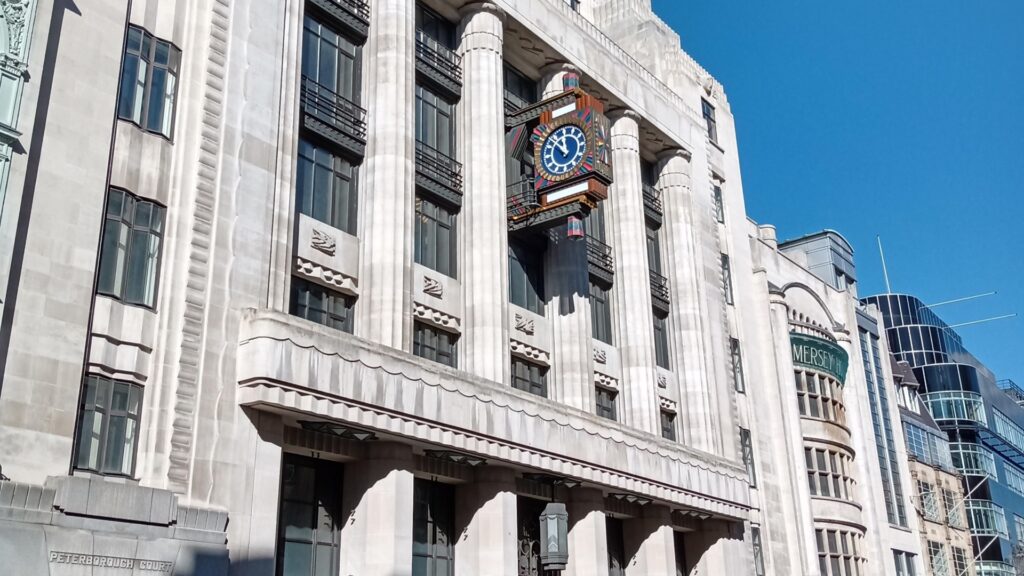
Daily Telegraph building (and glimpse of the black art deco Daily Express). © City of London Corporation
2. Ye Olde Cheshire Cheese pub
Over the past 355 years Ye Old Cheshire Cheese has been frequented by many prominent literary figures including Dr Samuel Johnson, Mark Twain, W.B. Yeats and Charles Dickens. Dickens even featured it in his novel A Tale of Two Cities. The Chop Room in Ye Old Cheshire Cheese is the traditional dining room where you can find a long oaken table at which it's said that Dr Johnson, Oliver Goldsmith, Charles Dickens and others have dined over the years. Dr Samuel Johnson, the author of the modern dictionary, lived a few steps away and his chair is in the pub.
Directions to Stop 3: Continue north along Wine Office Court, then fork left on Hind Court. You'll end up in Gough Square near a statue of a cat.
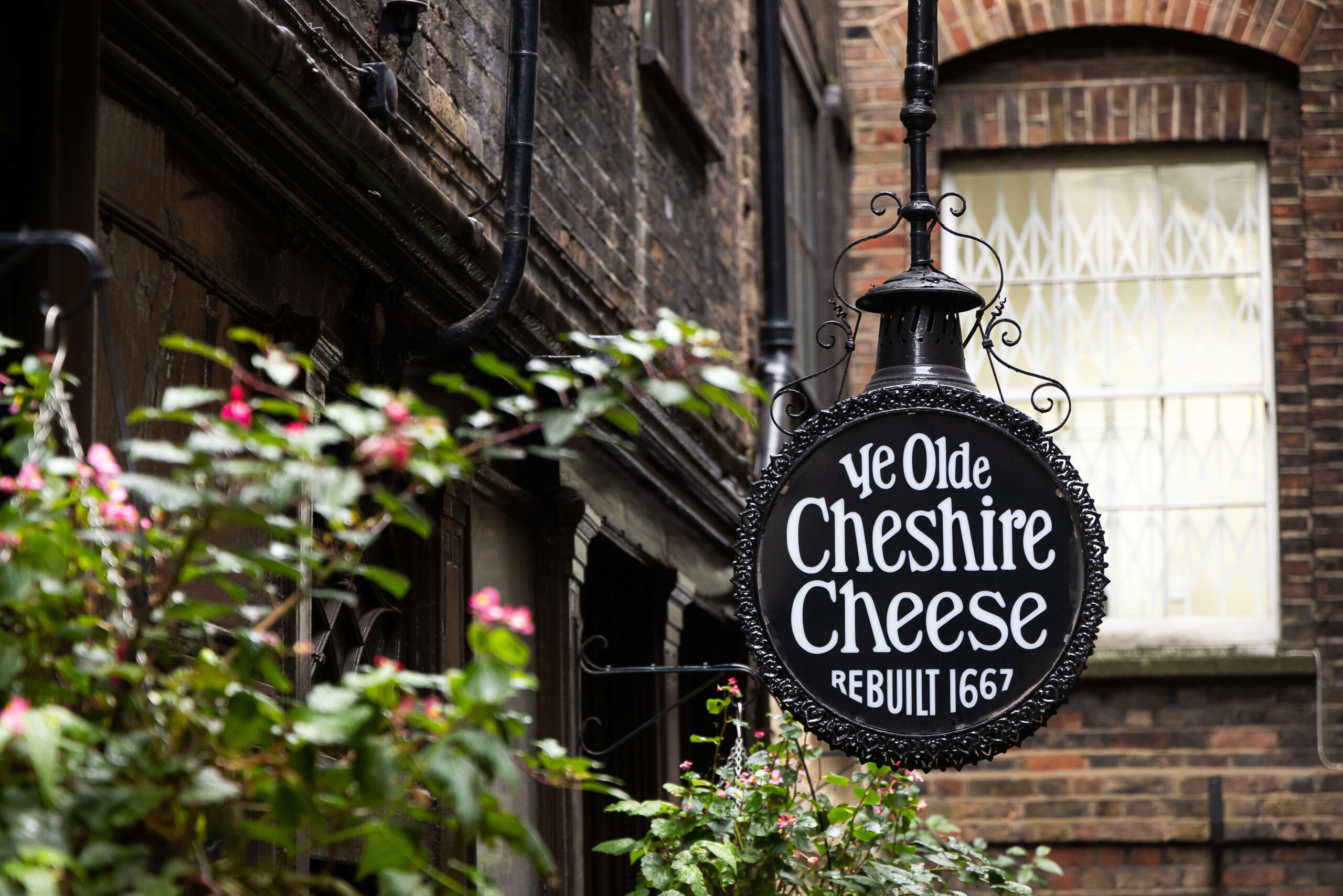
The sign outside the historic Ye Olde Cheshire Cheese © City of London Corporation
3. Gough Square - Dr Johnson's House and Hodge the Cat
Gough Square is the location of Dr Johnson's House, the 18th-century residence of Samuel Johnson, one of the most influential literary figures in English history. Known for compiling "A Dictionary of the English Language," Johnson's work was a monumental achievement that shaped the English language for over 170 years. The house is now a museum, offering a glimpse into Johnson's life and work.
Before you head across the square, don’t miss the charming statue of Hodge, Johnson’s beloved cat, in Gough Square! Johnson’s affection for Hodge is well-documented, famously purchasing oysters for his feline friend.
Exploring Dr Johnson's House not only provides a deep understanding of his contributions to literature but also offers a captivating peek into 18th-century London life. This stop is a must for anyone fascinated by the power of words and the history of the English language. Check their website for opening times/days.
Directions to Stop 4: Stand facing Dr Johnson's House, and turn left down Johnson's Court. Follow the pedestrian passageways back down to Fleet Street. Turn left on Fleet Street and cross over at the traffic lights to the south side of the road. Pause on the corner and look up to see the Fleet Street sundial, then turn right and head down Bouverie Street. Look out for a pedestrian passageway on the left called Magpie Alley.
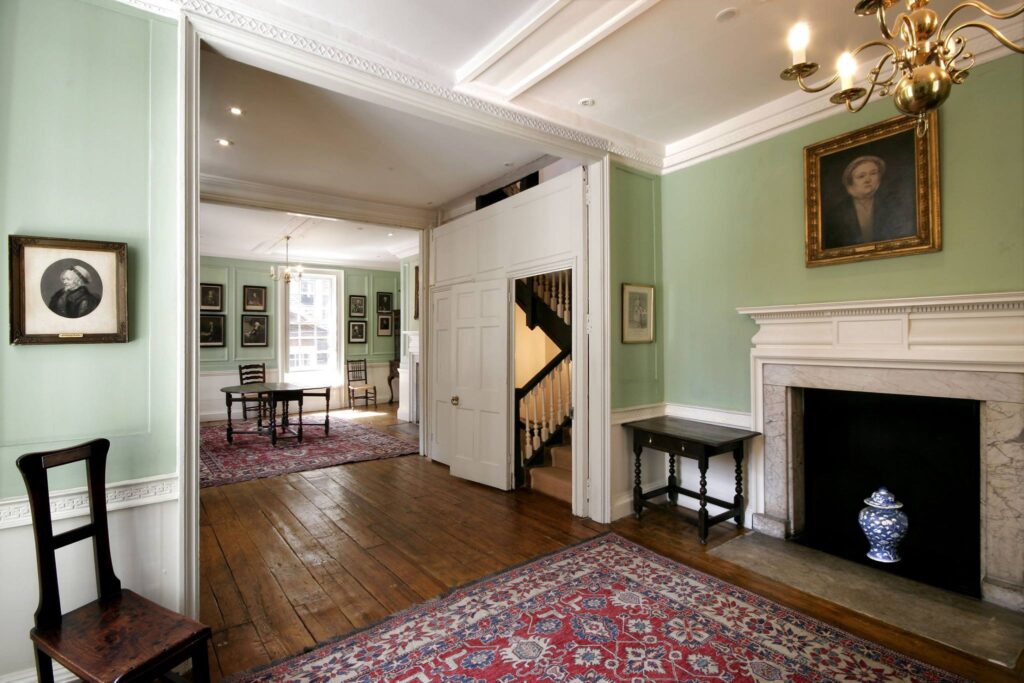
Image courtesy of Dr Johnson's House
4. Magpie Alley
The walls of Magpie Alley are lined with detailed ceramic tiles, each depicting key moments and figures in the history of printing and newspapers. These panels were added in 2001, commemorating the area's significant contributions to the industry. Follow the timeline from Wynkyn de Worde’s decision to move Caxton’s printing press from Westminster to Fleet Street, through the explosion of print media, to the rise of influential newspapers.
After you leave Magpie Alley and head towards Whitefriars Street, the pedestrian route passes through the long-vanished White Friars monastery, adding a layer of monastic history to the alley’s narrative. The Carmelite Friars, known for their white habits, once occupied this part of London.
There are more panels relating to the history of printing just before you reach Whitefriars Street.
Directions: Turn right onto Whitefriars Street, then left onto Tudor Street. Turn left again and head up Dorset Rise. You'll pass a blue plaque on a building on the left commemorating the site of the Salisbury Court Playhouse, an indoor theatre from 1629-1649. Continue up towards Fleet Street, and take a right turn along St Bride's Avenue. If the Church is open, go inside through the doors in front of you.
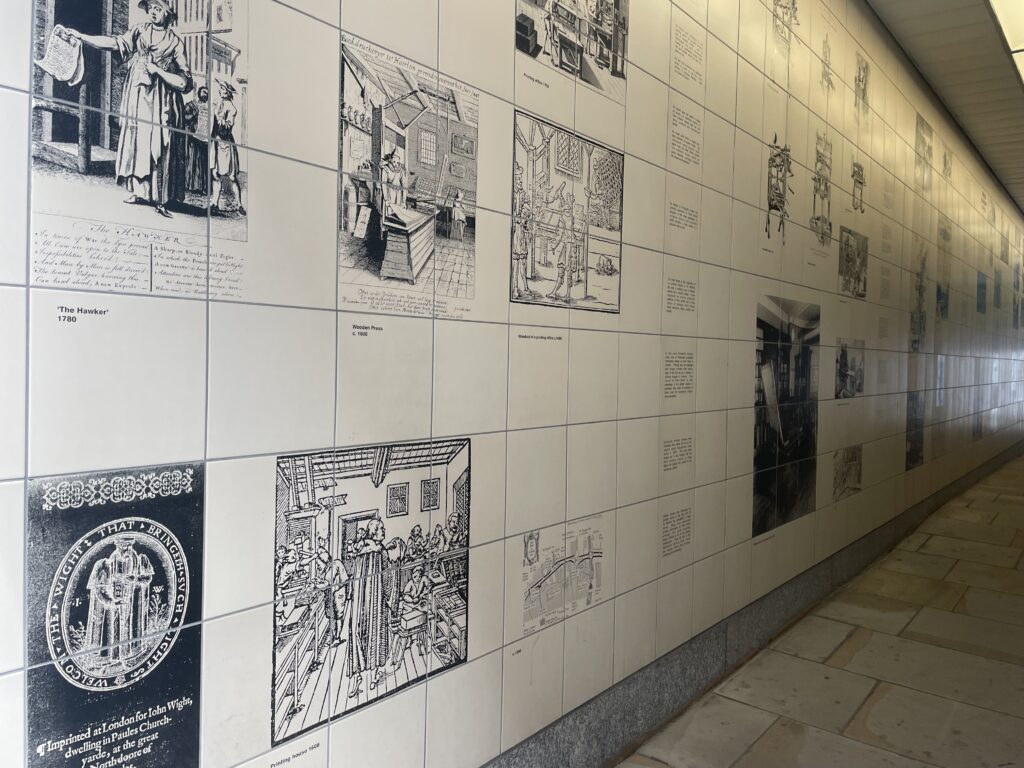
Magpie Alley © City of London Corporation
5. St Bride's Church - the journalists' church
St Bride's Church, often referred to as the "journalists' church," is steeped in history and literary significance. This iconic church not only served as the spiritual home for Fleet Street’s journalists and printers but also played a pivotal role in the development of the printing industry in London.
Wynkyn de Worde, the pioneering printer, set up his printing press in the churchyard of St Bride’s around 1500, capitalising on the proximity to literate clergy and legal professionals. His work laid the foundation for Fleet Street's future as the heart of English printing. Inside the church look out for a plaque with an image of the sun commemorating Wynkyn de Worde, and another plaque for the Daily Courant newspaper, the first daily newspaper printed on Fleet Street (1702).
Downstairs in the crypt of the Church, you'll find an engaging exhibition on the history of printing and journalism.
The church also has strong connections to notable literary figures too. Samuel Pepys was baptized here, and John Milton, John Dryden, and Dr Samuel Johnson are all associated with the church and its surroundings.
Near St Bride’s, find the blue plaque marking the house where famous diarist Samuel Pepys was born, whose diaries provide a vivid account of life in 17th-century London and famously the Great Fire of London.
Leave the church and walk along the passageway between the churchyard and old taverns. Turn left at the end to get back onto Fleet Street. Cross Farringdon Street and turn right, then take the stairs up at Pilgrim Street on the left. At the top turn right and walk along Waithman Street which leads into Blackfriars Lane. When you pass the elaborate front door of Apothecaries' Hall, you're nearly there. Turn left at the corner of the Hall and into Playhouse Yard.
Alternative route avoiding the significant stairs (up) at Pilgrim Street: Leave the church and walk along the passageway between the churchyard and old taverns. Turn left at the end to get back onto Fleet Street. Cross Farringdon Street and continue along Ludgate Hill, then turn right on Pageantmaster Court. At the end, turn right onto Pilgrim Street left into Waithman Street which leads into Blackfriars Lane. When you pass the elaborate front door of Apothecaries' Hall you're nearly there. Turn left at the corner of the Hall and into Playhouse Yard.
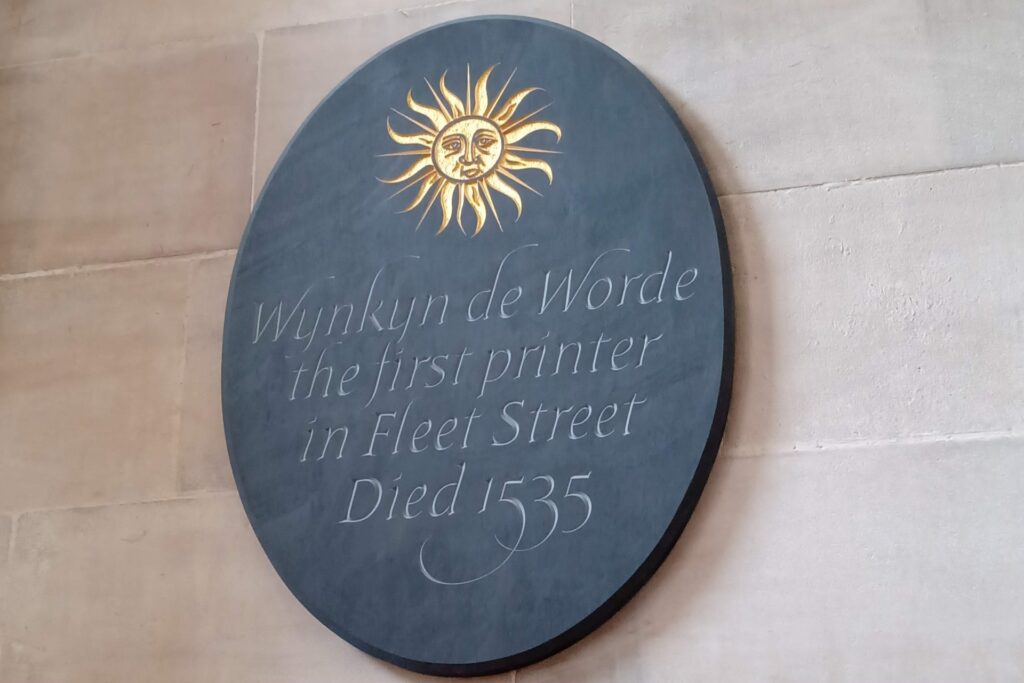
Plaque in St Bride's Church commemorating Wynkyn de Worde. Photo © City of London Corporation
6. Playhouse Yard
William Shakespeare is widely acknowledged as the greatest playwright the world has ever known, and the titles and words of his plays are familiar to many people. Shakespeare was born in Stratford-upon-Avon, Warwickshire in 1564 and spent many years living and working in London.
Playhouse Yard was the site of Blackfriars Playhouse, an indoor theatre, and an important sites in English theatre history. Shakespeare and his associates, including Richard Burbage, purchased the playhouse in 1608. It is believed that "The Winter’s Tale" and "Cymbeline" were written with this playhouse in mind. The final show at Blackfriars Playhouse was performed in 1642, before it was pulled down in 1655.
Directions: Continue along Playhouse Yard, and into Ireland Yard. When you reach the end with St Andrew's Hill, look up to find a blue plaque on your left.
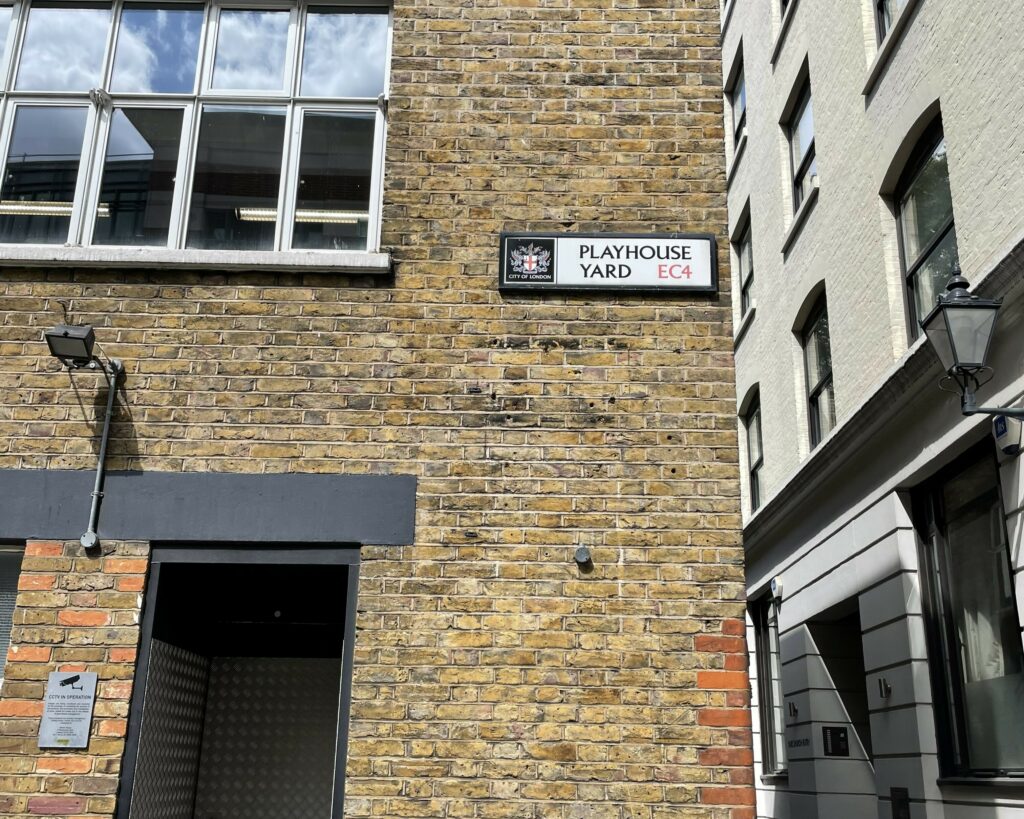
Playhouse Yard © City of London Corporation
7. Shakespeare's Gatehouse
The Cockpit pub marks the approximate site of Shakespeare’s Gatehouse. On 10 March 1613, Shakespeare bought the Old Priory Gatehouse from Henry Walker, ‘citizen and minstrel (musician)’ for £140. The title deed was later bought at an auction in 1843 by the City of London Corporation for £145. The deed of purchase for the property still exists today and is housed at the London Metropolitan Archives; it contains one of only six “authenticated” examples of Shakespeare’s signature. The property is particularly significant because – although Shakespeare owned property in Stratford-upon-Avon – it is the only property he is known to have owned in London. Given its convenient proximity to the Blackfriars Playhouse and The Globe, Shakespeare may have intended to make it his home, yet no evidence suggests he lived here in the three years prior to his death in 1616.
Directions: Head up St Andrew's Hill to Carter Lane, turn left and then right onto Creed Lane. Turn right at the top, and cross over at the traffic lights. Turn right up Ave Maria Lane, and look for gates on the left leading into Stationers' Hall.
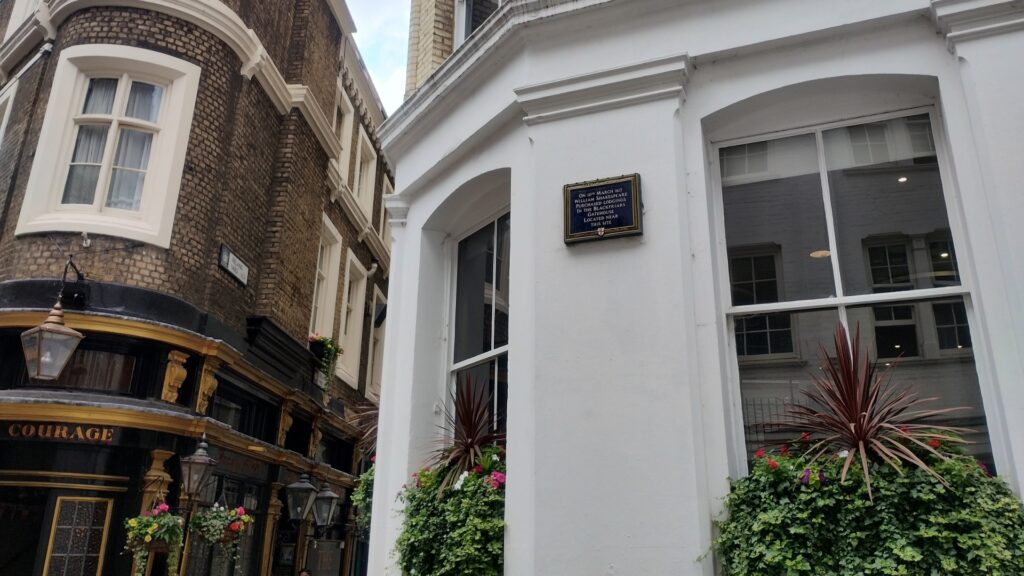
Plaque highlighting the location of Shakespeare's Gatehouse © City of London Corporation
8. Stationers' Hall
Stationers’ Hall is located at the top of Ludgate Hill, off Ave Maria Lane, just opposite St Paul’s Cathedral. Stationers' Hall is a remarkable site that played a crucial role in regulating and nurturing the book trade in London. Located near St Paul's Cathedral, this historic building has been at the heart of the publishing industry for centuries, shaping the development of literature and the protection of intellectual property.
The Worshipful Company of Stationers, is one of the City Livery companies. It formed in 1403, began as a guild of manuscript writers who set up stalls around St Paul’s Cathedral. By the 16th century, the guild included printers, who eventually dominated the book trade.
In 1557, the Stationers' Company received a Royal Charter, granting it the authority to regulate the book trade, search for pirated works, and enforce copyright laws. This charter established the foundation for modern copyright protection. The Stationers' Company played a pivotal role in the publication of many significant works, including the first folio of Shakespeare’s plays in 1623.
Directions: Head across Ave Maria Lane and into Paternoster Square, turn right and go through the white stone gateway of Temple Bar. You'll see St Paul's Cathedral in front, head to the right to go around the famous steps on the west side of the cathedral. Follow around the south side of the magnificent building. You'll see the City Information Centre on the right (pop in for advice on the best things to do in the City, or to buy books or souvenirs about London). When you reach the garden area, look out for the statue of John Donne.
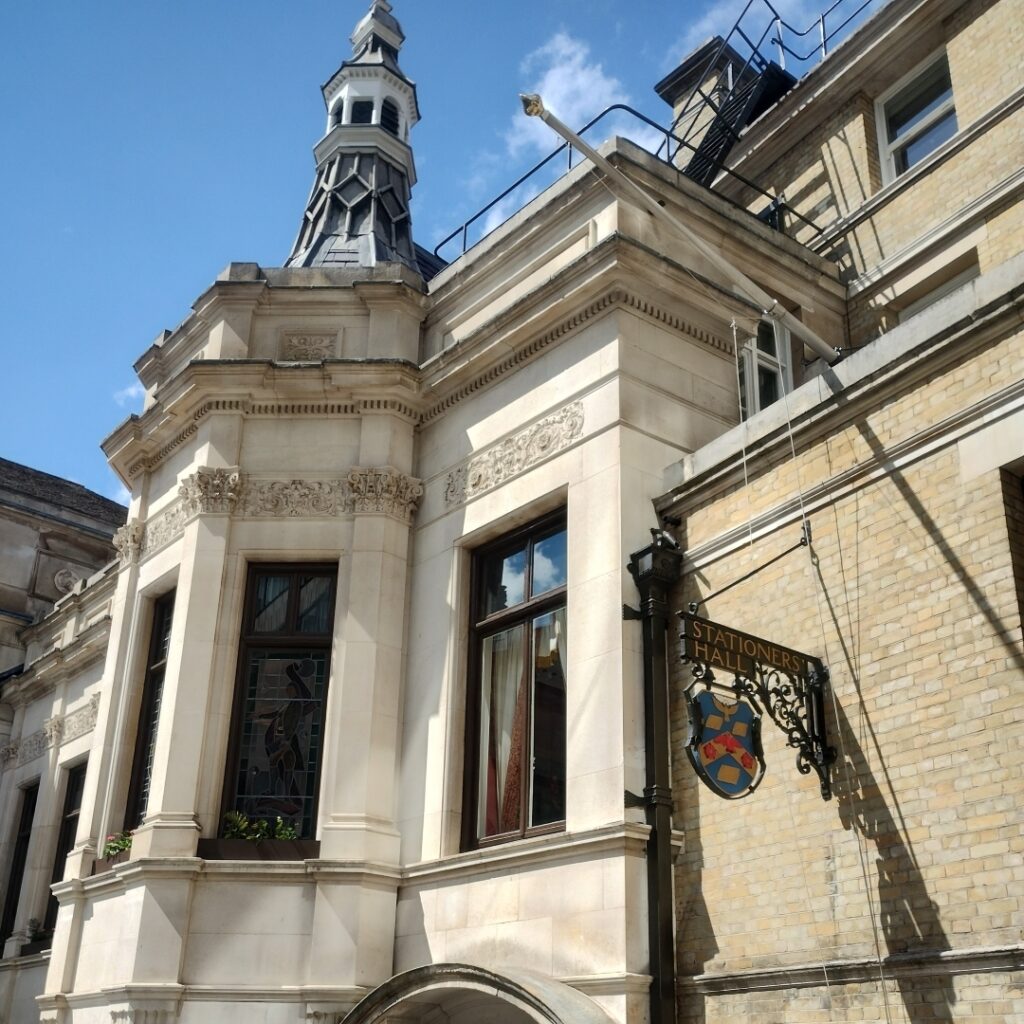
Stationers' Hall © City of London Corporation
9. Statue of John Donne
John Donne was an English poet in 1500s-1600s. This bronze bust was commissioned by the City of London in 2012 - the sculptor said that “the concept for the monument is derived from Donne’s poetry.” The statue is outside St Paul's Cathedral, as Donne was also Dean of the Cathedral.
Directions: Head into St Paul's Cathedral Gardens and continue walking around the east side of the Cathedral, heading to the north east churchyard area around Paul's Cross.
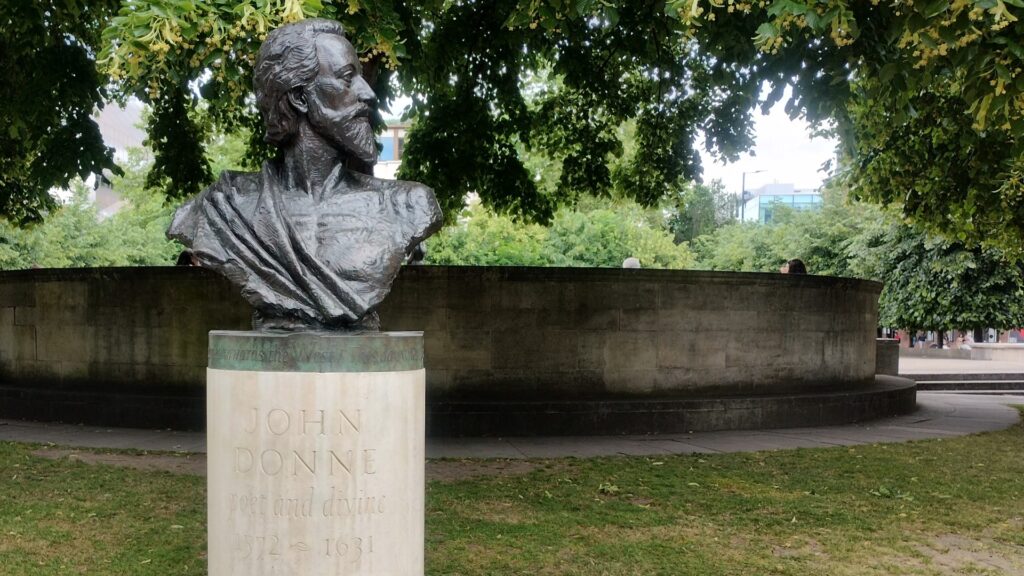
Image © City of London Corporation
10. St Paul's Cathedral Churchyard / Site of Booksellers
The heart of London’s book trade in the 1600s, where Shakespeare likely acquired source material for his works. Bookseller stalls, or "stations," thrived here, solidifying the area’s reputation as a hub for the literary trade and the Stationers’ Company. First editions of Shakespeare’s plays were bought and sold in this very place. Wynkyn de Worde had a book stall here, under the sign of the Rising Sun.
During the Great Fire, St Paul’s Cathedral was thought to be a safe refuge, with its thick stone walls and empty surrounding churchyard. Therefore it had been filled with rescued goods from all over the City including hundreds of books from the bookshops in nearby Paternoster Row.
However, on Tuesday at 8pm, three days after the fire had started, the wooden scaffolding surrounding St Paul’s caught fire and ignited the timbered roof. Within half an hour, the lead roof was melting and the cathedral was completely destroyed a few hours later, taking with it thousands of treasures. When today’s building, designed by Sir Christopher Wren, was completed in 1710 it became a symbol of hope, resilience and strength for the City. Look out for the carved phoenix rising from flames on the south side of the Cathedral with the word “Resurgam” underneath. It is Latin for “I shall rise again”.
End of Walk
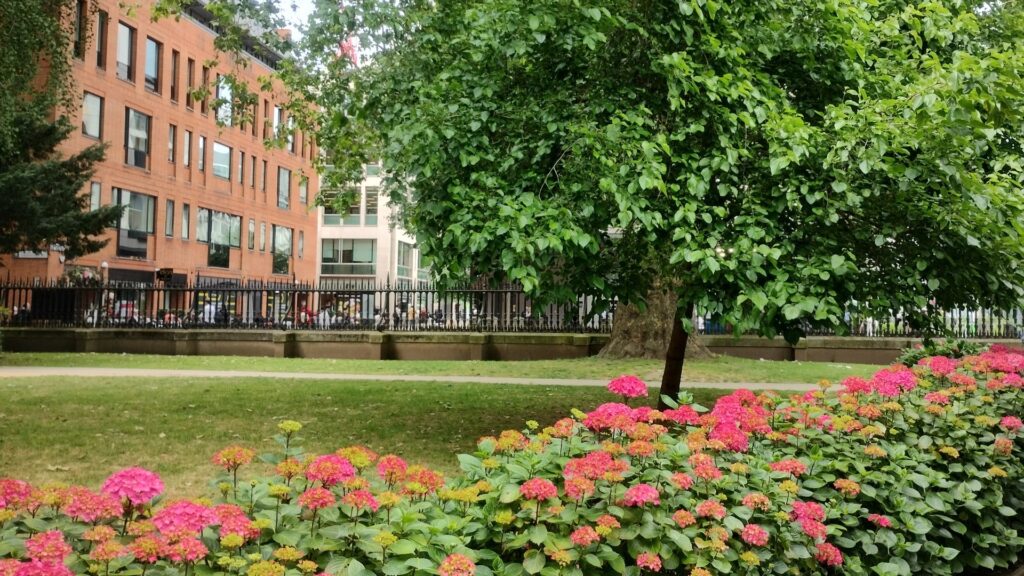
St Paul's Churchyard, corner of Paternoster Row © City of London Corporation
What to do next?
If you're ready for refreshments
- You'll find plenty of options around Paternoster Square and St Paul's Cathedral, as well as around Cheapside and One New Change. From 10 June - 21 July 2024, there's also a daily Summer Market in Paternoster Square with international street food stalls.
A few more literary locations nearby:
- Cheapside - Cheapside has been a key shopping street in the City of London for many hundreds of years and is mentioned in multiple novels. Head down Cheapside to St Mary-le-Bow church to see the Bow Bells church, made famous in the story of Dick Whittington - a famous pantomime, based on a real life Lord Mayor in 1400's Richard Whittington. On the way, stop off at Bread Street to see the blue plaque highlighting where poet & statesman John Milton was born.
- Guildhall - Head over to Guildhall which has also featured in several novels. Guildhall Great Hall is the setting for the trial for breach of promise in Charles Dickens' Pickwick Papers. There's also statues of Samuel Pepys (famous for his diaries of London in 1600's), and William Shakespeare on the outside walls of Guildhall Art Gallery. And a statue of Dick Whittington with his cat!
To discover more about Shakespeare:
- On the corner of Love Lane, in the garden of St Mary Aldermanbury, look out for a bust of Shakespeare. This is a memorial to the First Folio, a collection of Shakespeare's plays, and the two men who put it together after Shakespeare's death (Henry Condell and John Heminge).
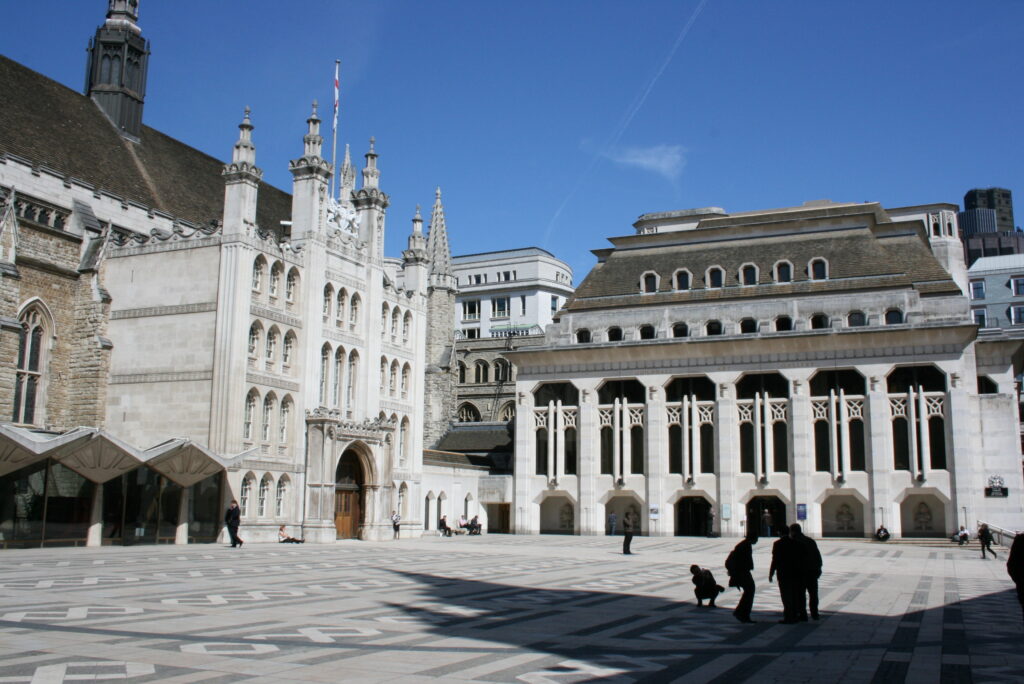
Guildhall
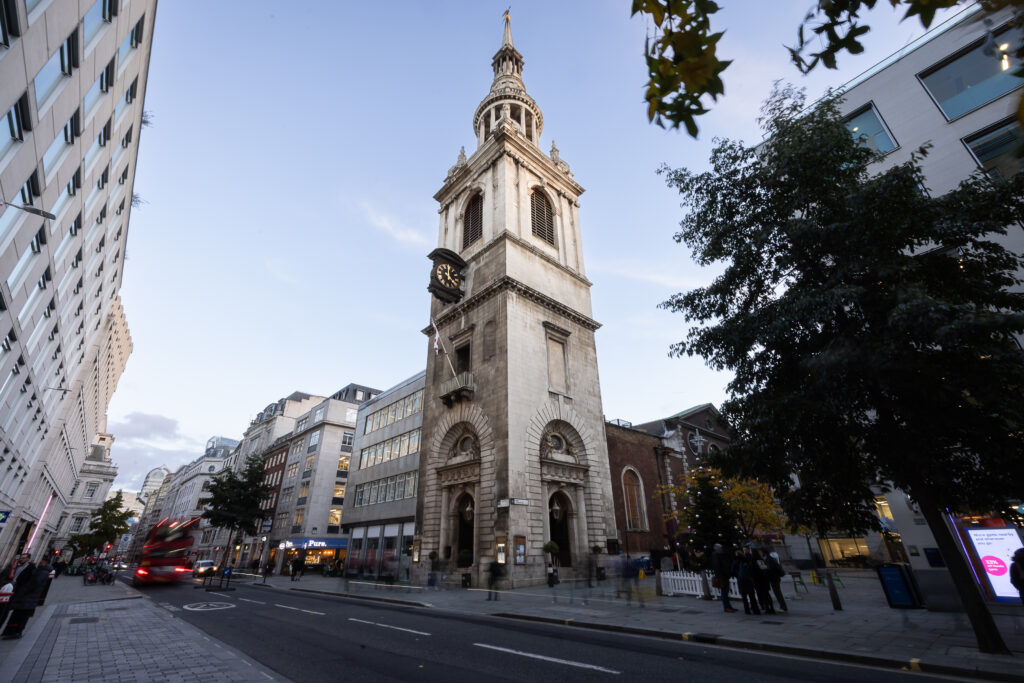
St Mary-le-Bow church
